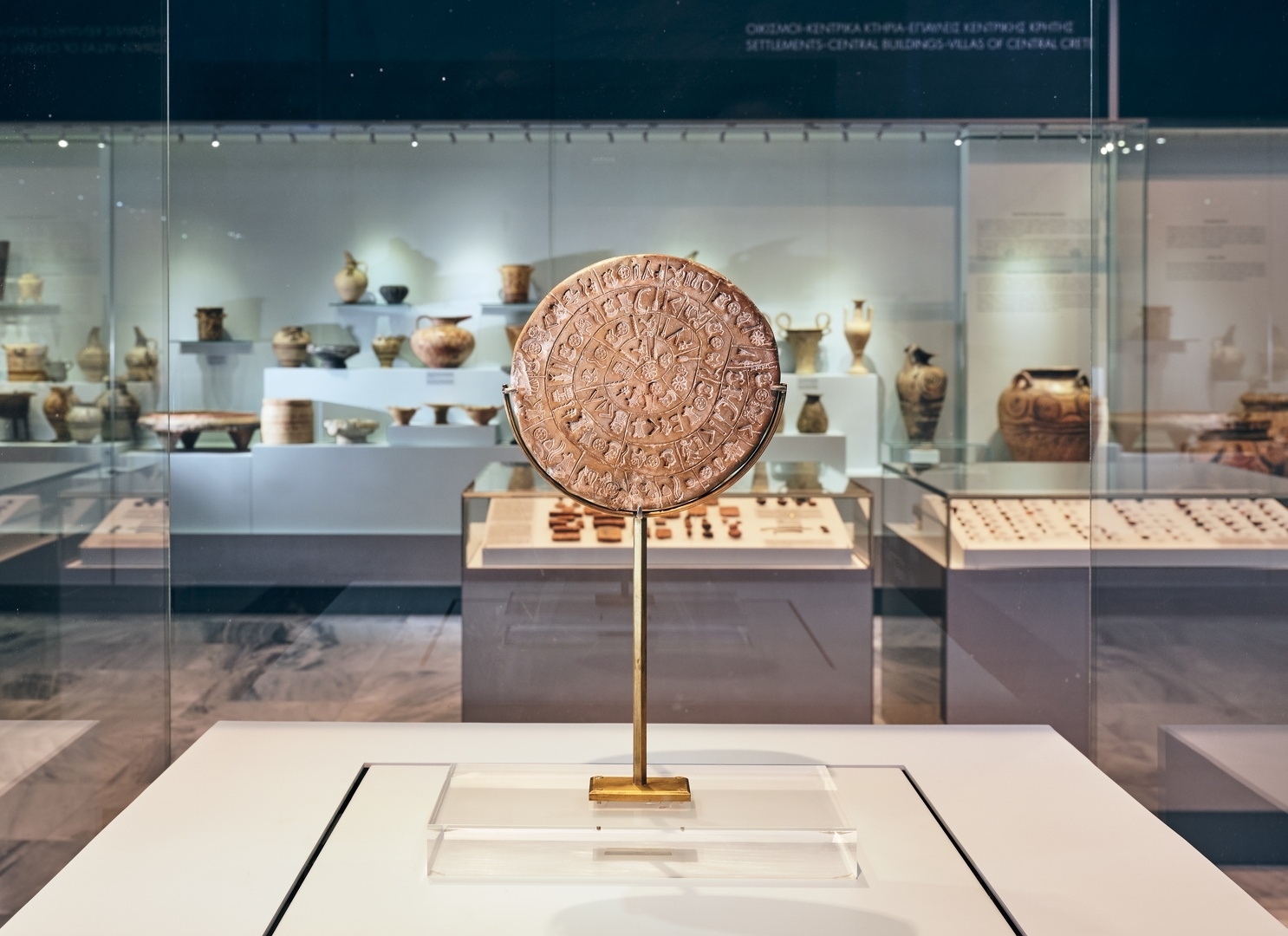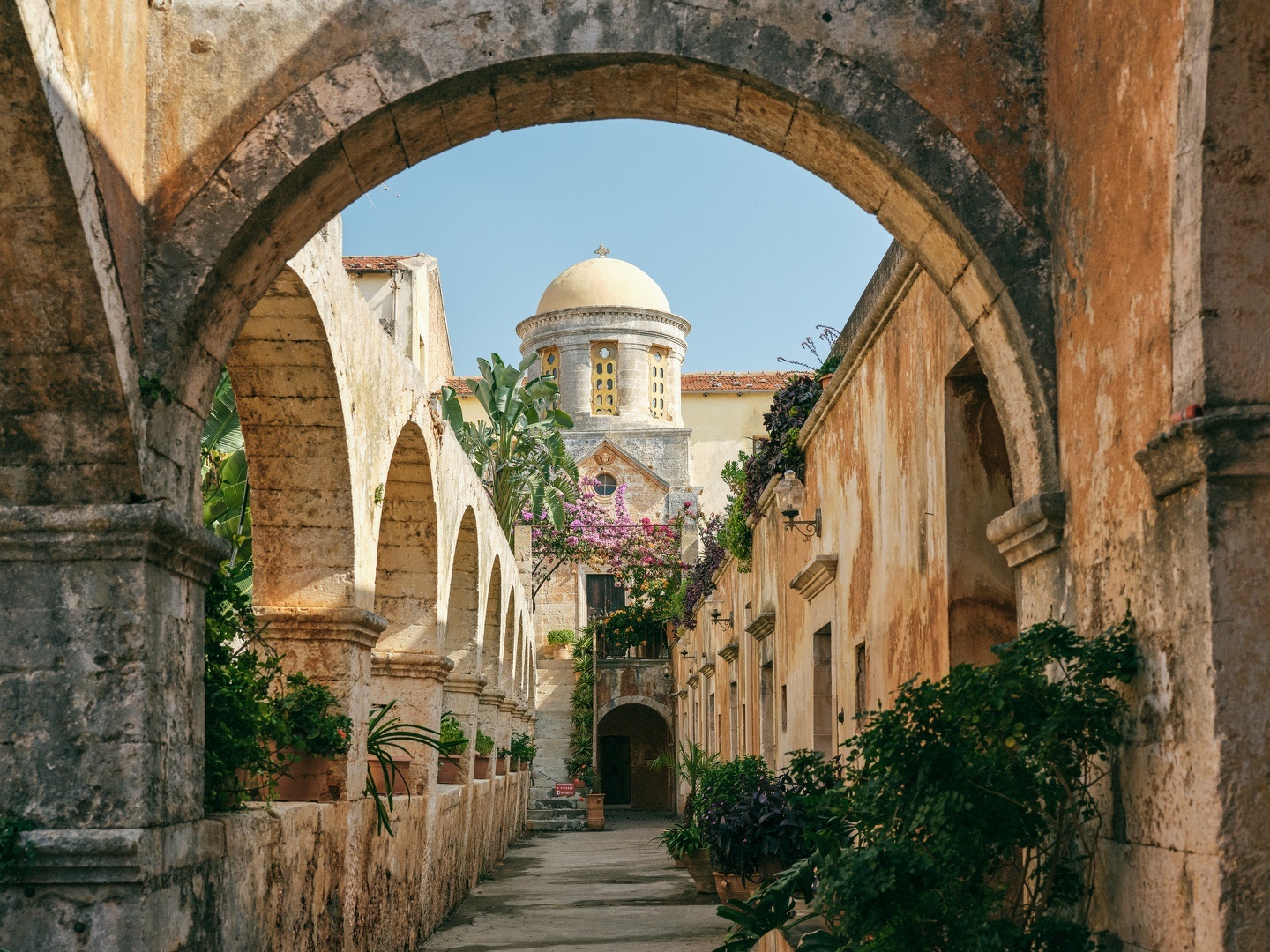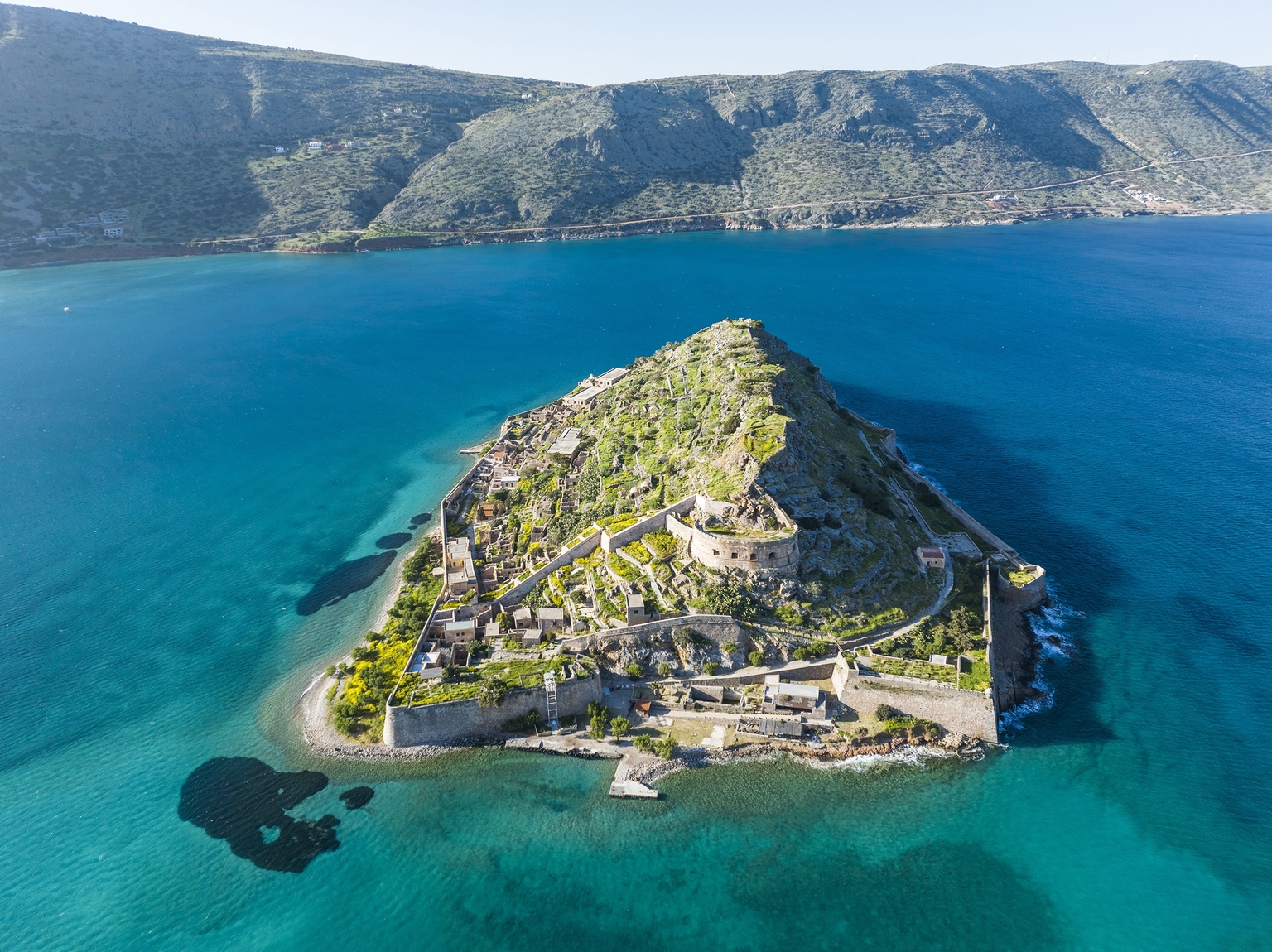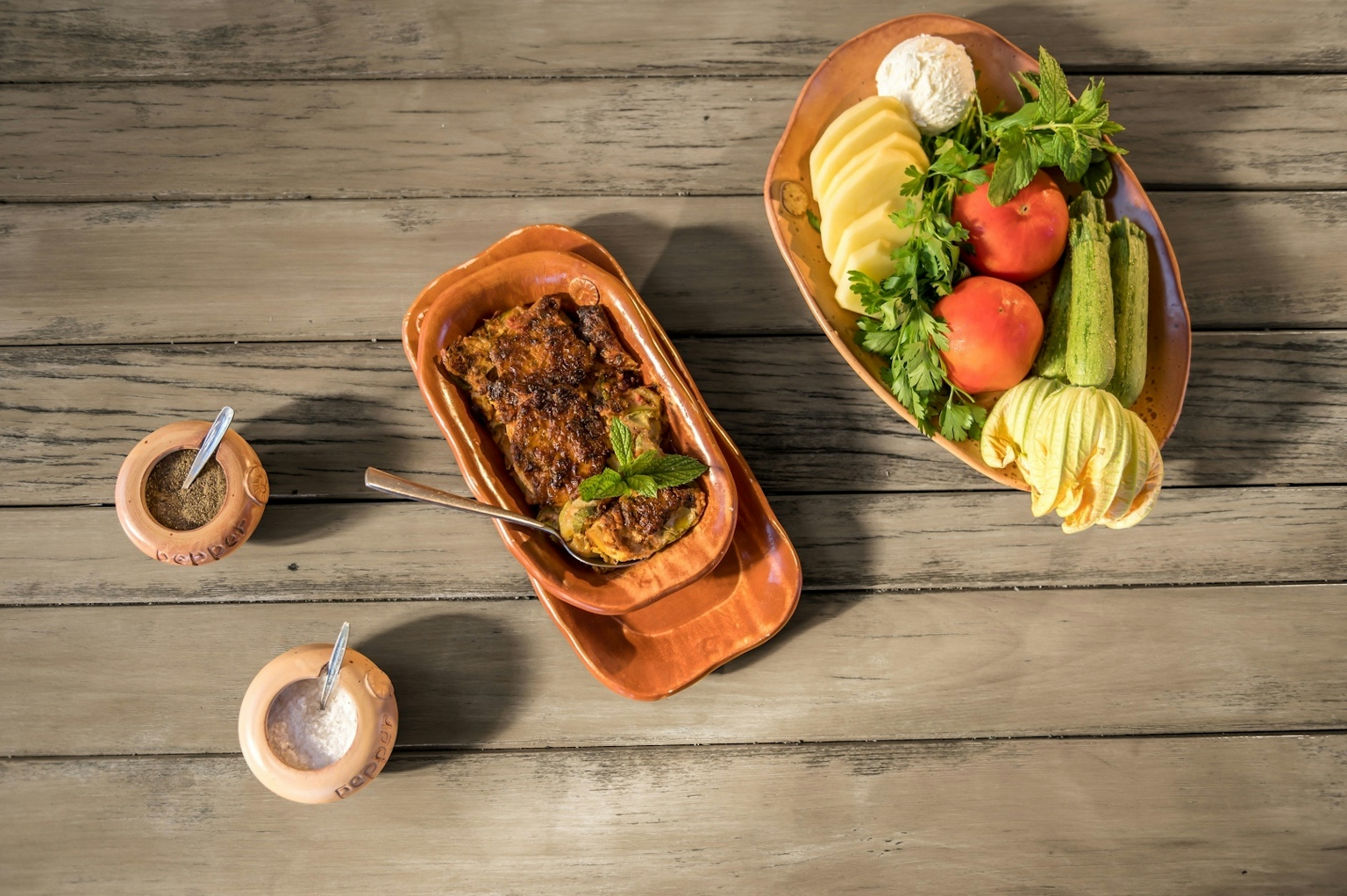
An Easter Tradition!
Discover the ingenious way leftover Easter lamb is transformed into a delightful treat in Chania - the Easter cake.
This round pie features succulent lamb meat, local cheeses, staka (a Cretan dairy product created by salting and heating the cream of skimmed milk with flour over low heat), and aromatic herbs encased in a fluffy dough.
Traditionally crafted by Chania's skilled housewives, the Easter cake is a delicious solution to making the most of the remaining Easter lamb, ensuring no culinary delight goes to waste.
Dough Ingredients:
- Approximately 1 kilo all-purpose flour
- 1/2 litre meat broth (from boiled meat)
- 2 eggs
- 2 tablespoons yogurt
- A pinch of salt
- 1/2 wine glass olive oil
- 1/2 sachet yeast (dissolved in a little hot water with 1/2 teaspoon sugar)
Filling Ingredients:
- 1 1/2 kilo lamb leg
- 1/2 kilo mizithra cheese from Chania
- 1/2 kilo tyromalama or malaka
- 4 tablespoons staka
- 1 wine glass of olive oil
- A small bunch of spearmint (finely chopped)
- Salt, pepper, thyme
For Sheet Coating:
- 1 egg
- Sesame seeds (white and black)
Procedure:
Step 1: Wash the meat and bring it to a boil. Once the meat is soft enough to come off the bones easily, debone it, and then strain the broth, and put it aside.
Step 2: Mix meat broth, salt, eggs, yogurt, olive oil, and flour in a bowl. Knead until a fluffy dough forms, then let it rest for about an hour.
Step 3: Cut the meat into small pieces in a bowl, add crumbled cheeses, staka, spearmint, salt, pepper, cumin, oregano, thyme, and mix.
Step 4: Roll out a somewhat thick phyllo sheet with a rolling pin, place it in a greased baking pan, spread the filling, and cover with another phyllo sheet, joining the top with the bottom sheet.
Step 5: Beat 1 egg with olive oil, brush the phyllo sheet, and sprinkle with sesame seeds.
Step 6: Cover the pie with baking paper for the first half hour, then uncover and bake for another half hour until golden. Bake in a preheated oven at 170 °C for about 50 minutes, until the phyllo is golden brown.
Lena Igoumenaki
President of the Cretan Cuisine Festival Association
Cretan Cuisine Festival
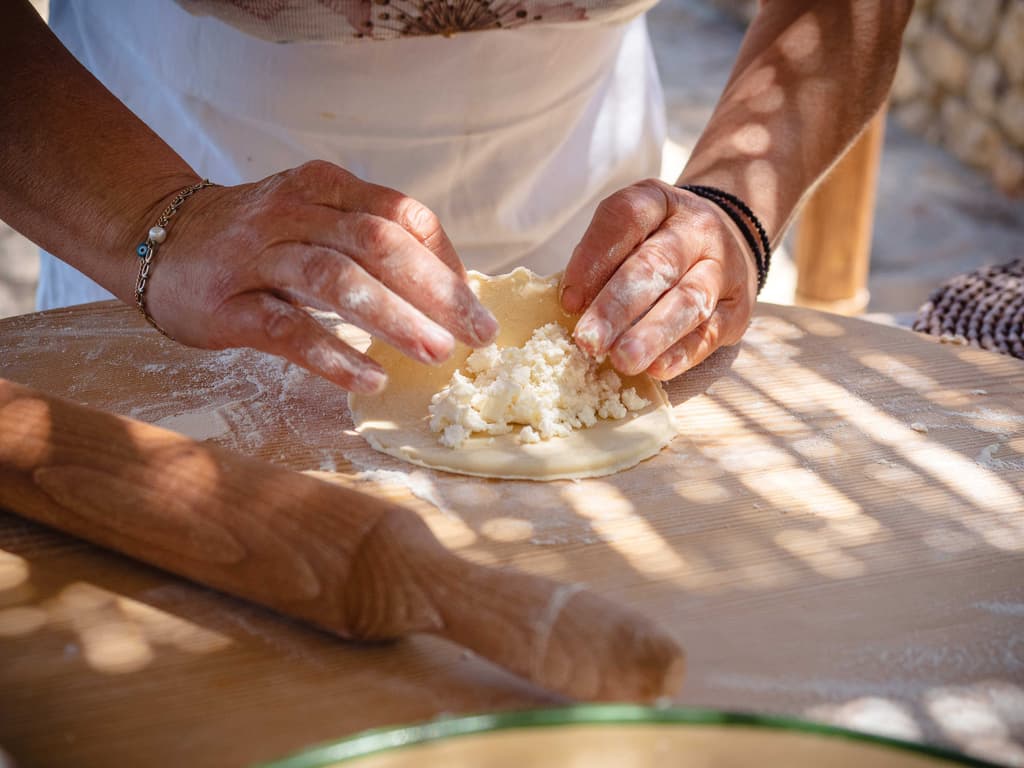
Mizithropites: Authentic Cretan Pies

Chania Boureki or Courgette Boureki

Topia (Balls)
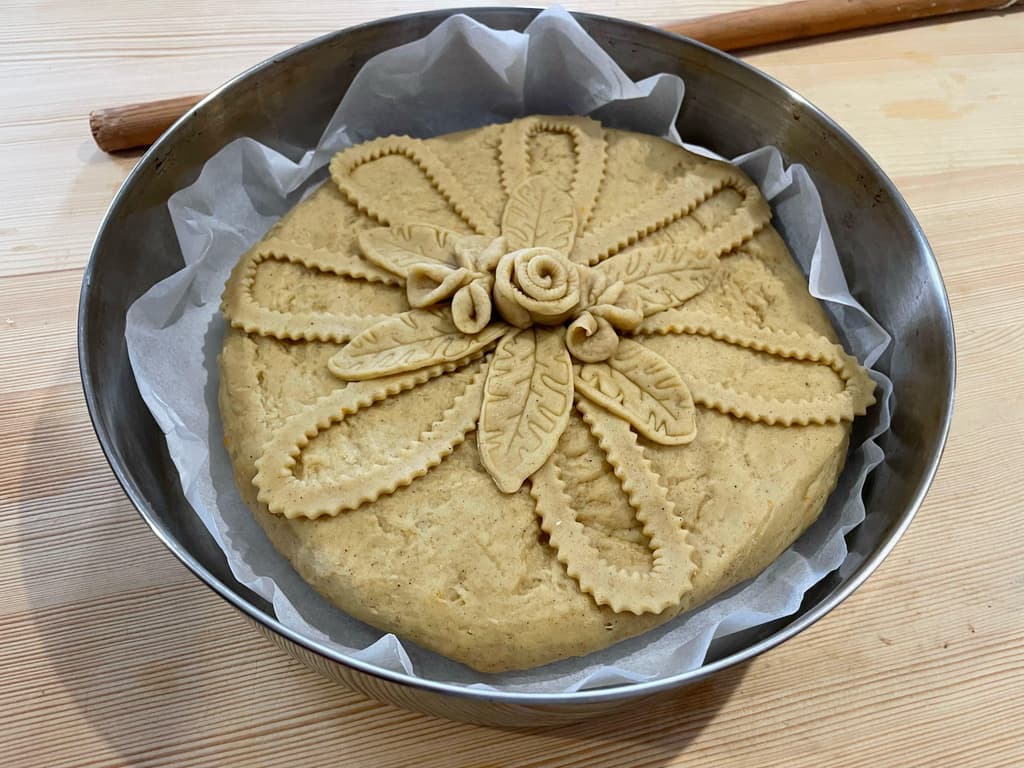
The Traditional 'Bread of the Year'
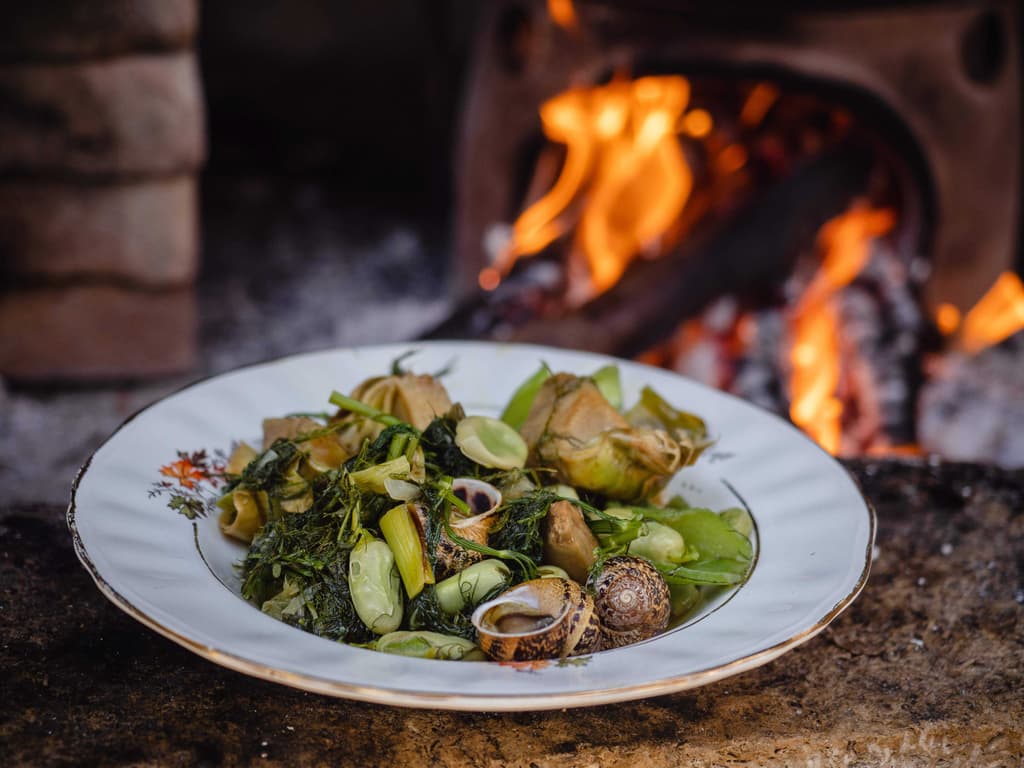
Snails with Broad Beans and Artichokes
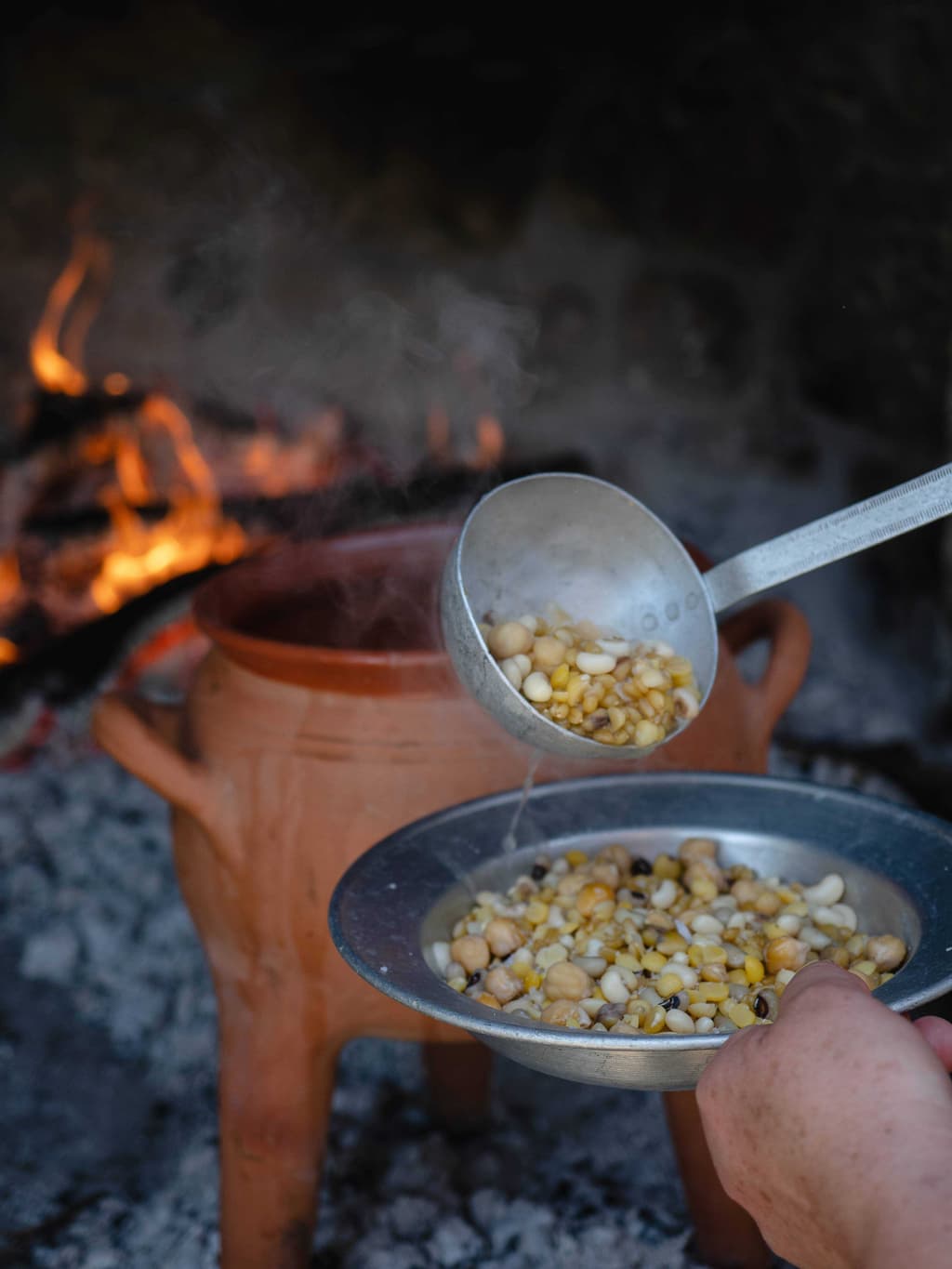
Cretan Ospriada or Palikaria (A Legume Dish)

Chickpeas with Wild Leeks, Flour and Lemon Sauce
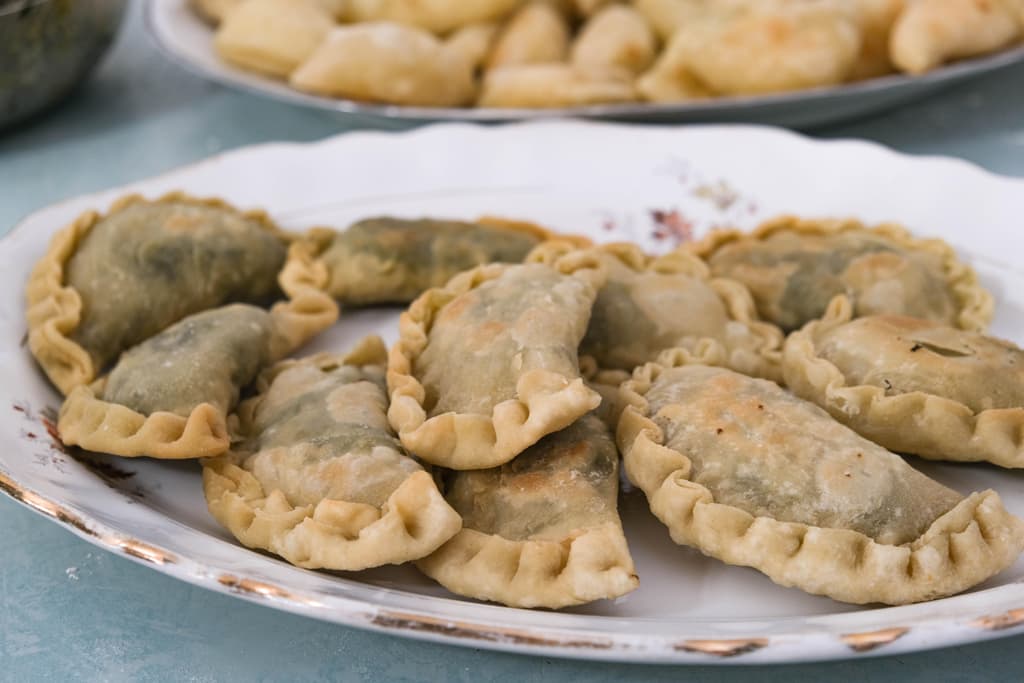
Pies with ‘Yachnera’ Greens
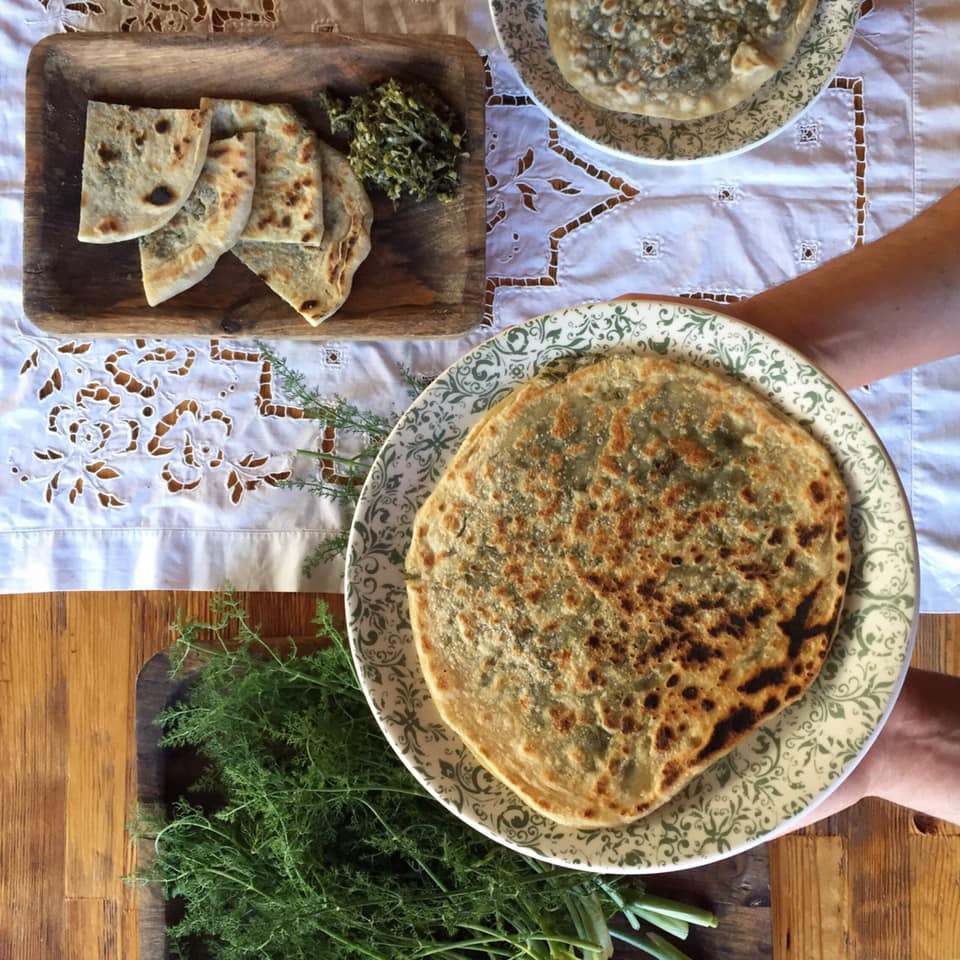
Fennel Pie

Sfakian Pie or Sfakianopita

Biscuits with Sesame Seeds

Sweet Rice Pie or 'Tzoulamas'

Apostoli White-Eyed Bean
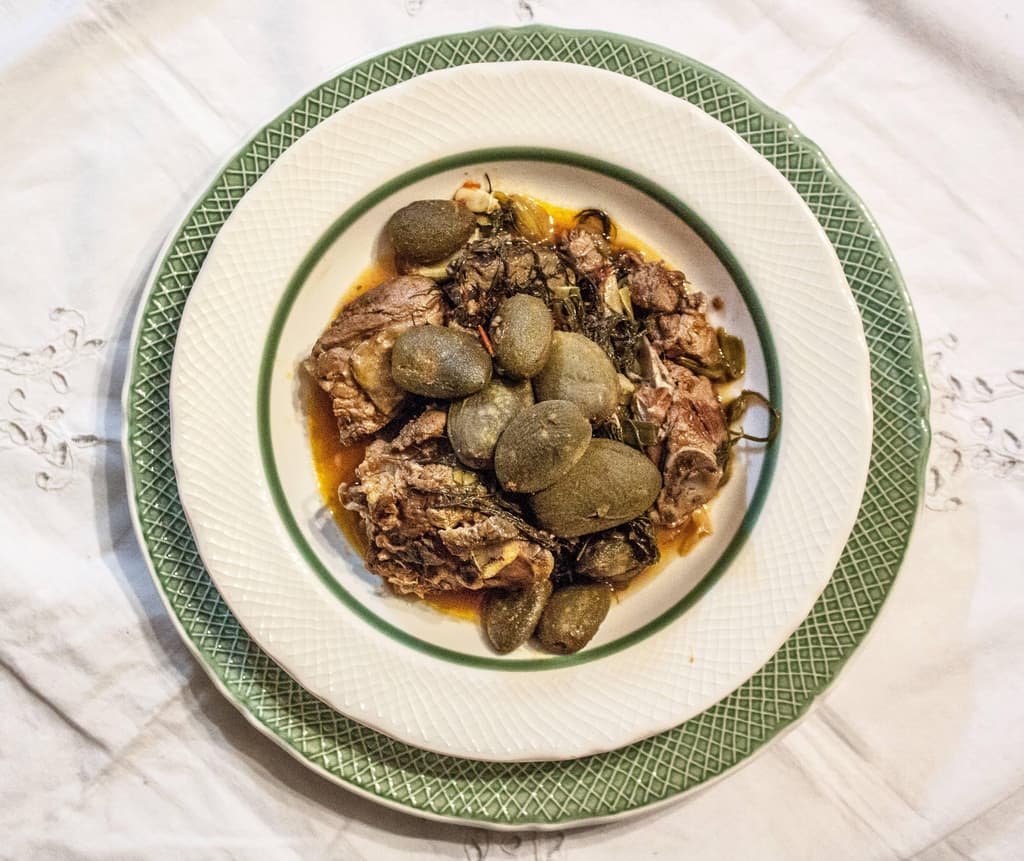
Almond-Infused Goat Dish with Fennel: A Fresh Delight
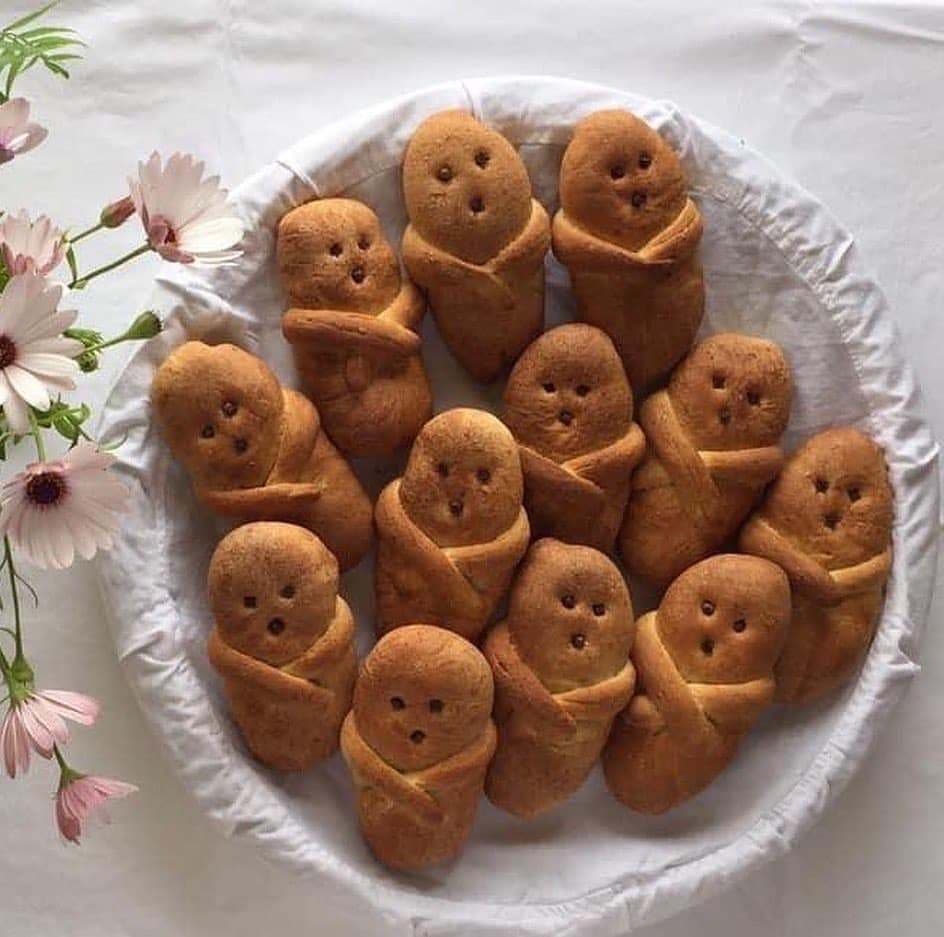
Lazarosavato
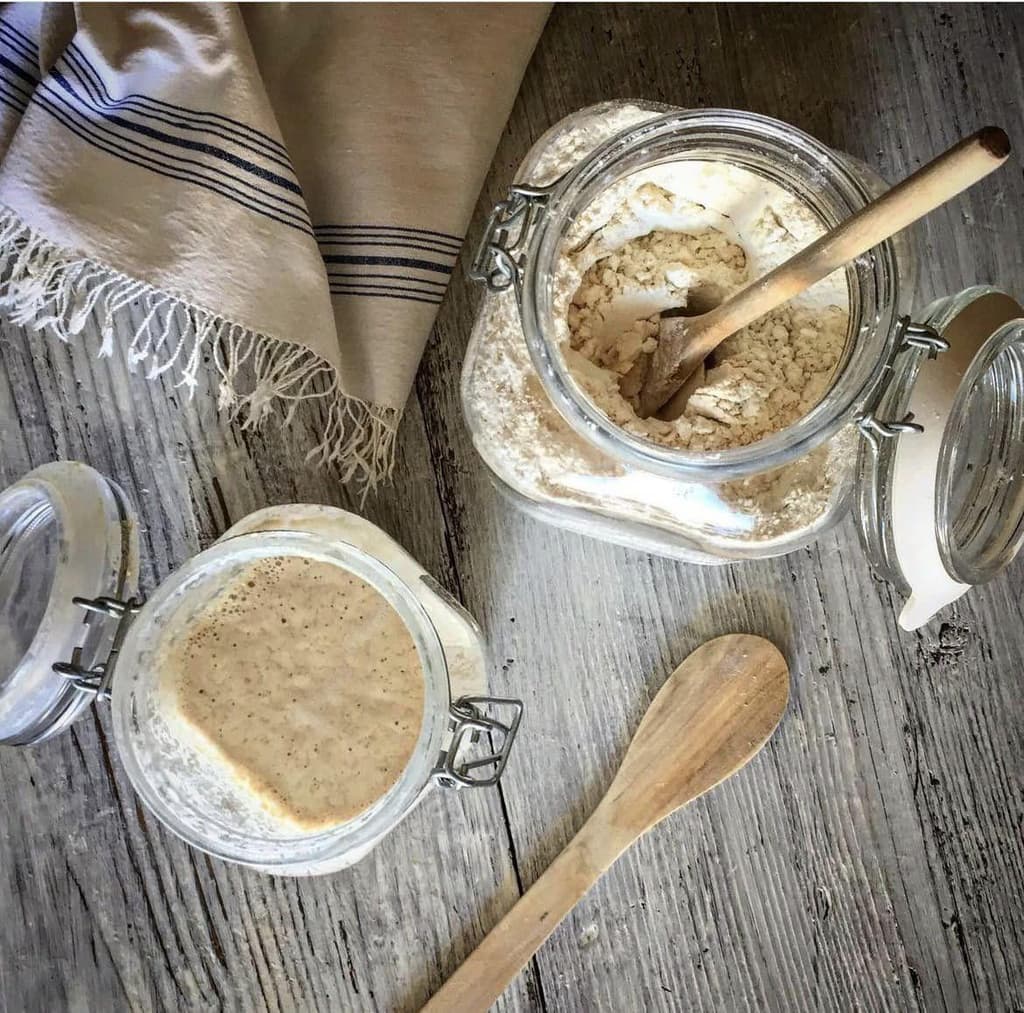
The Holy Week Sourdough
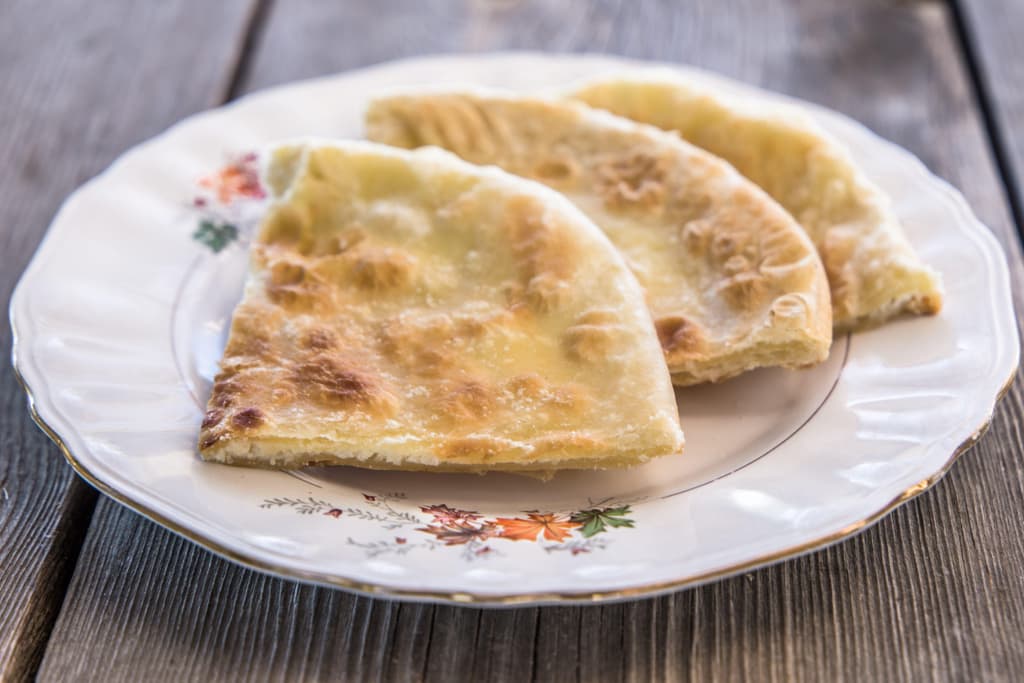
Nerati Mizithropita
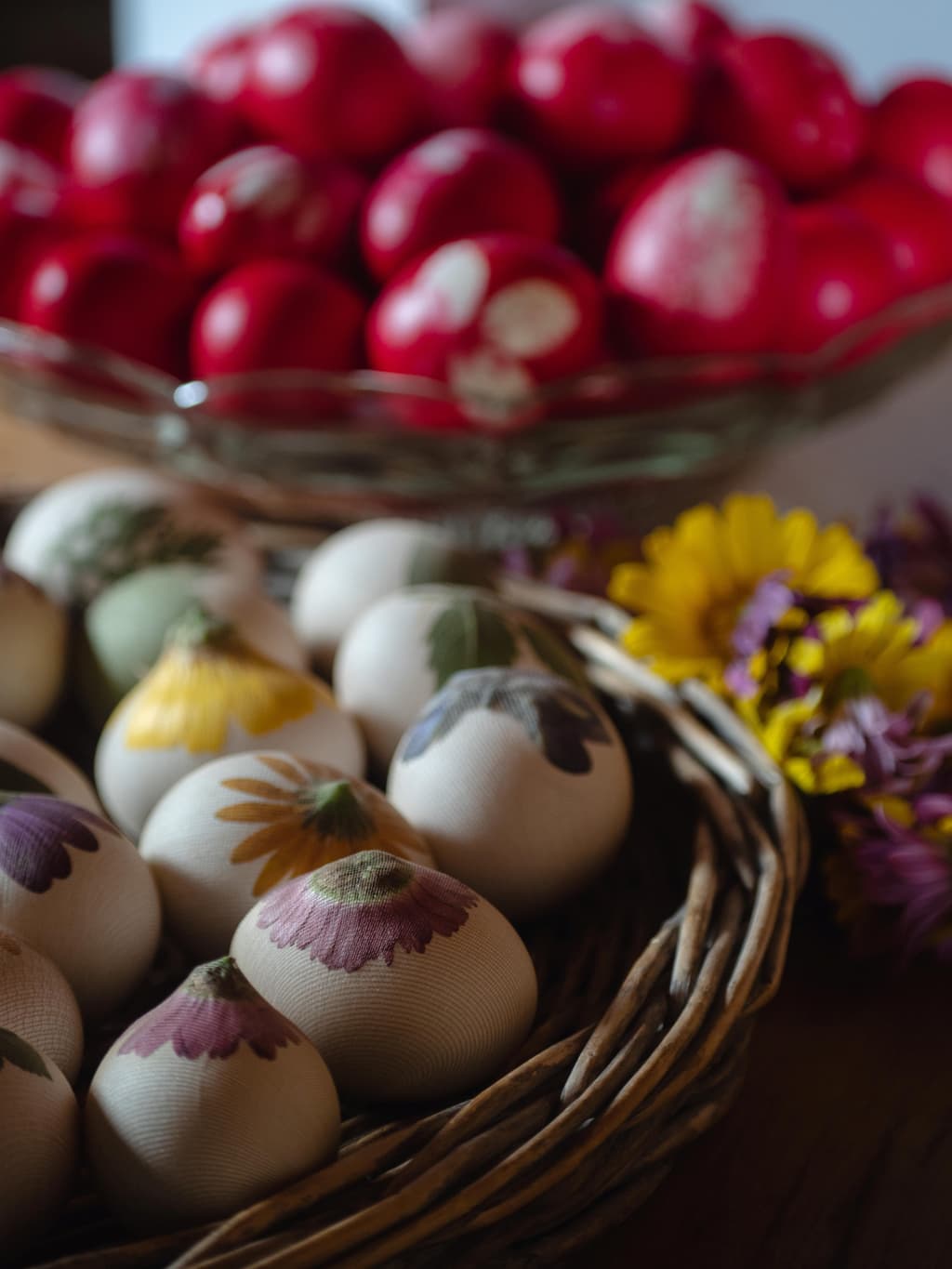
Easter Eggs

Kalikota
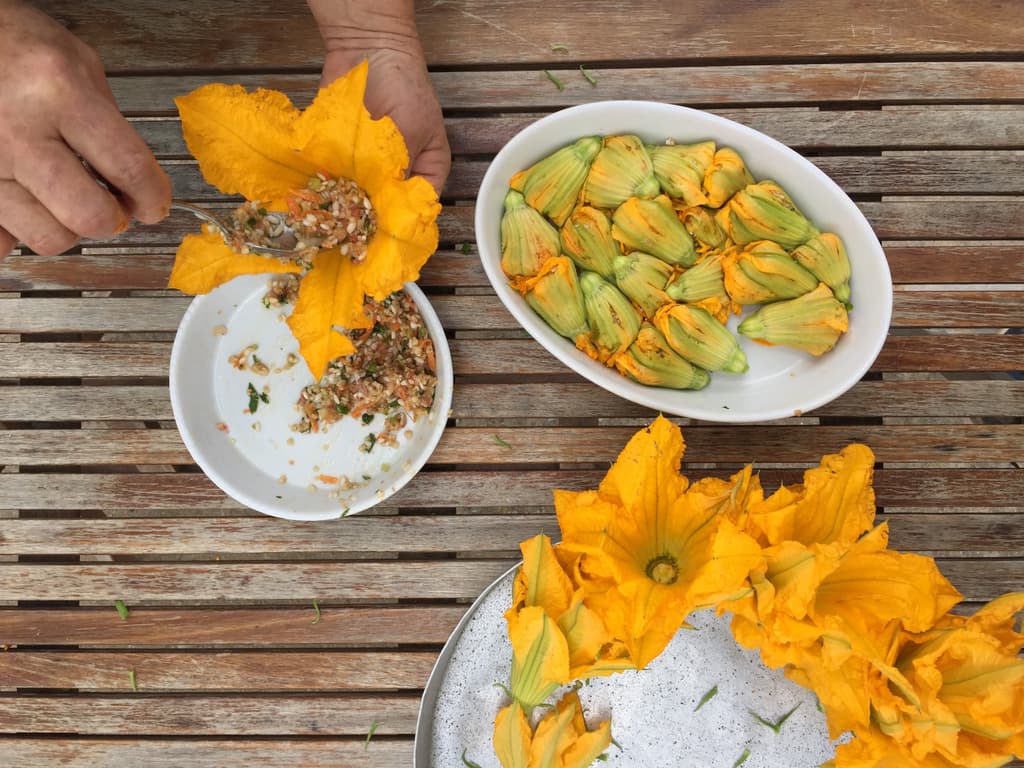
Stuffed Courgette Flowers
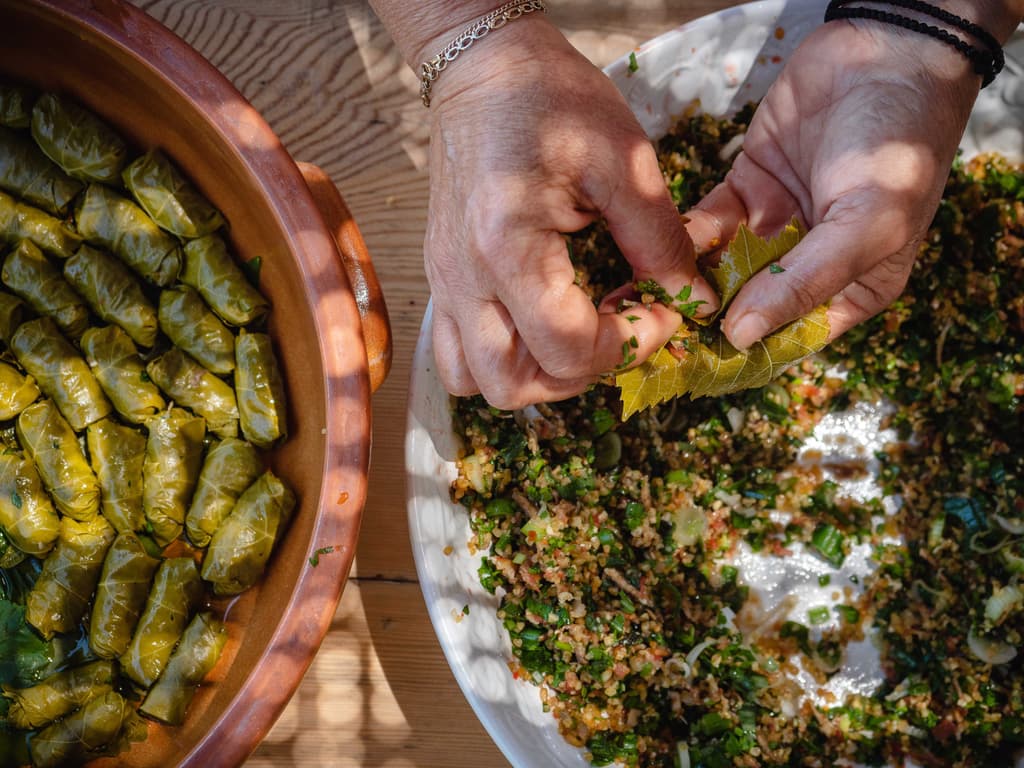
Stuffed Vine Leaves

Cracked Wheat and Snails
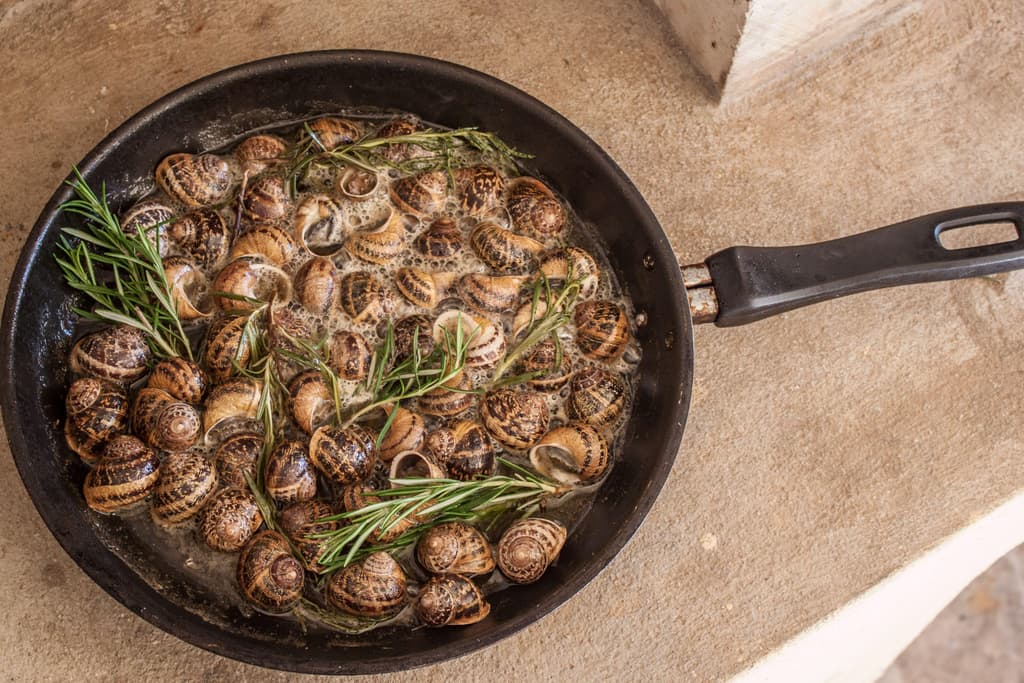
Chochli Boubouristi (Snails Face Down)
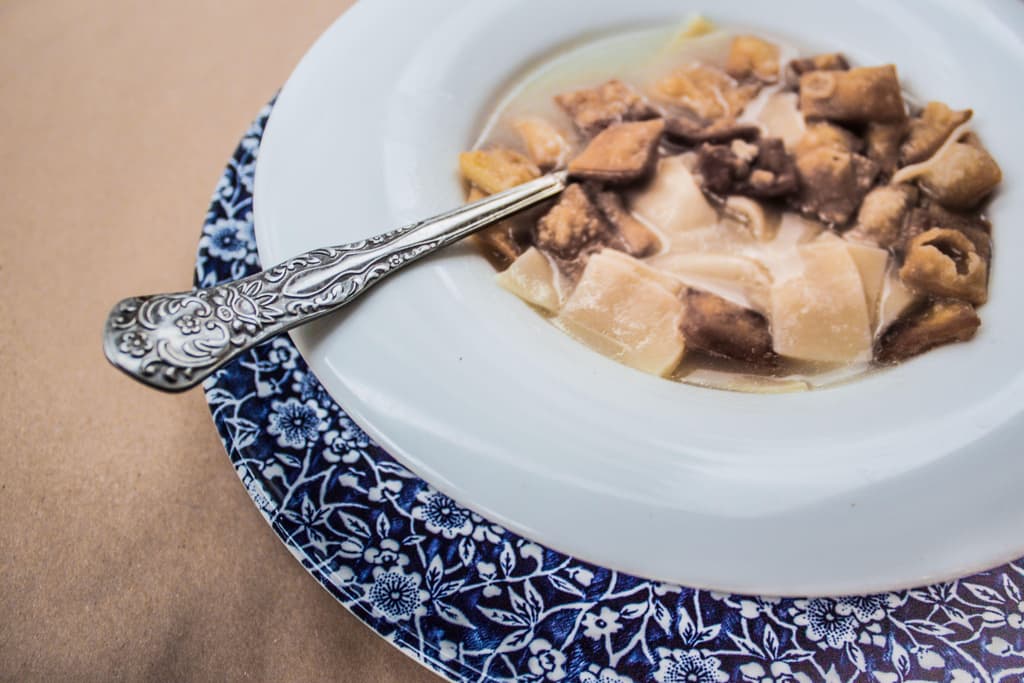
Mangiri

Symian Bean
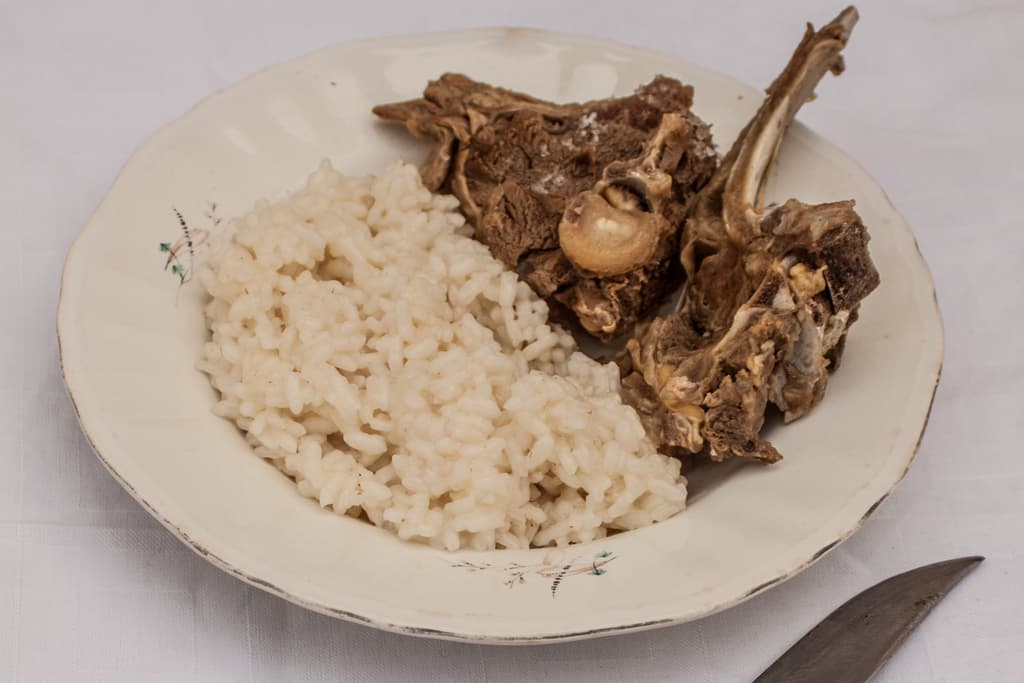
Cretan Pilaf

Rethymno Water Pies
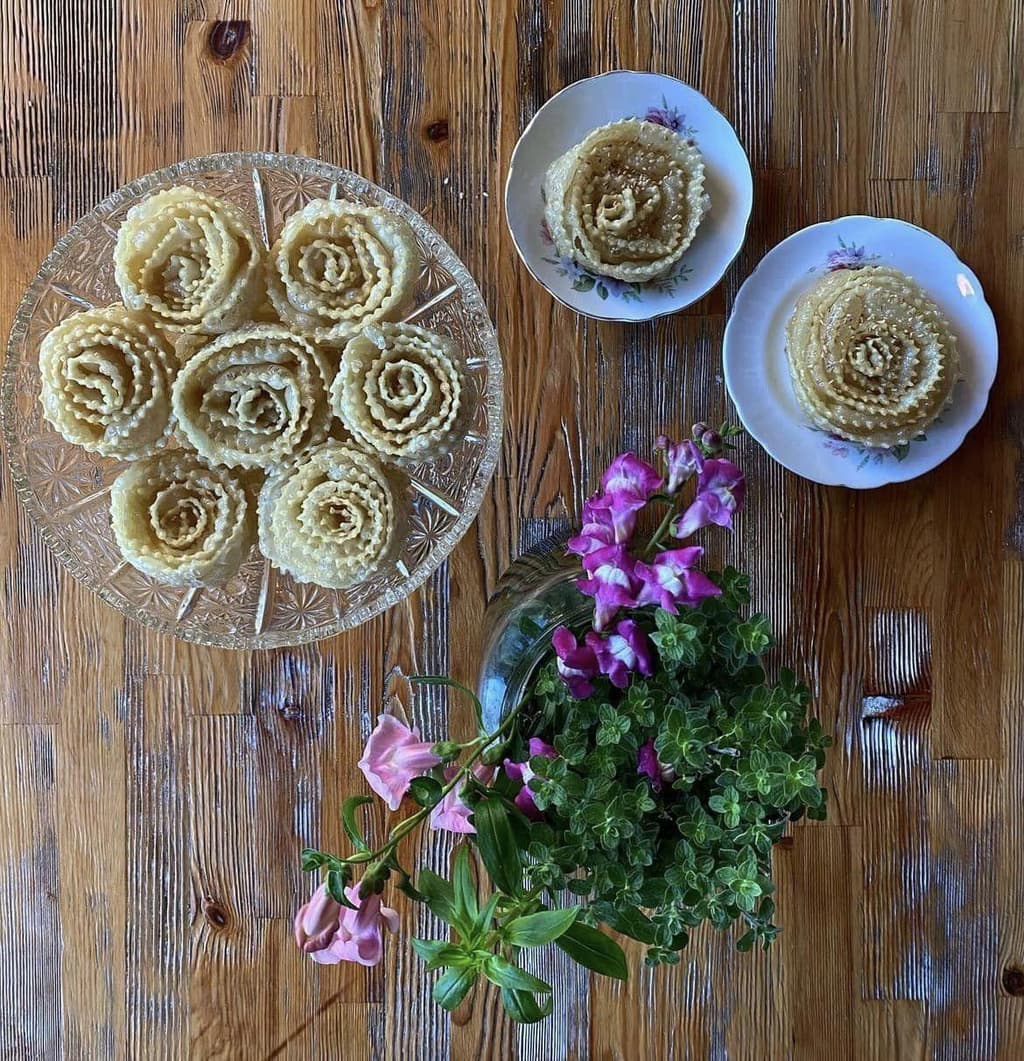
Xerotigana
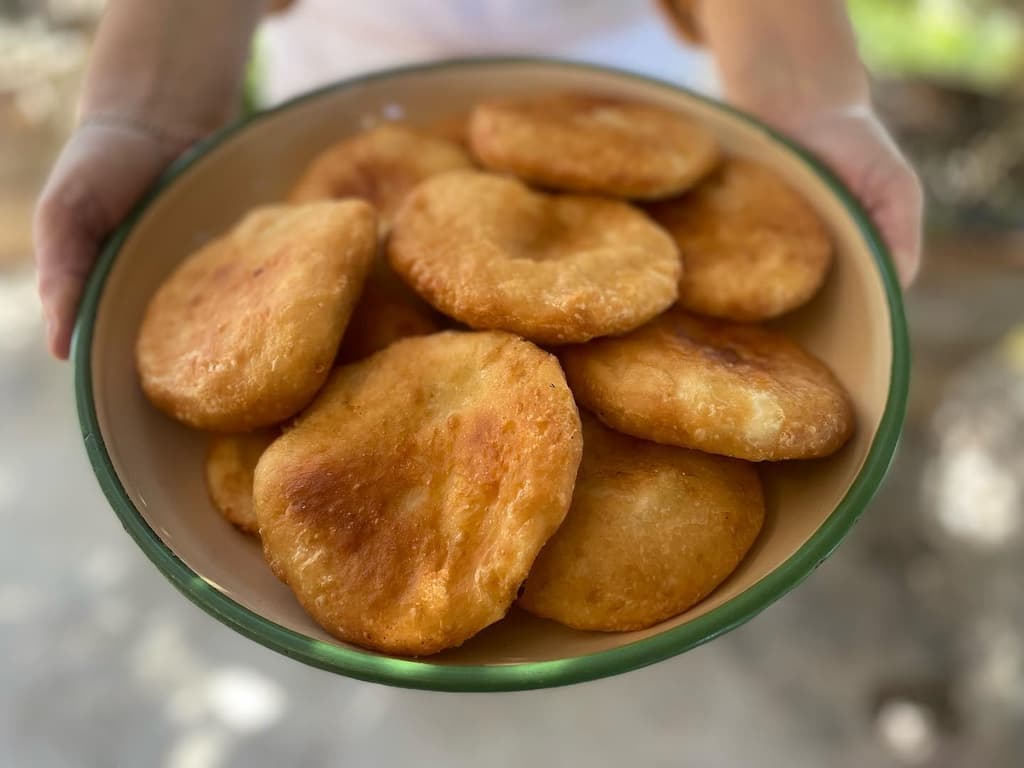
Agnopites
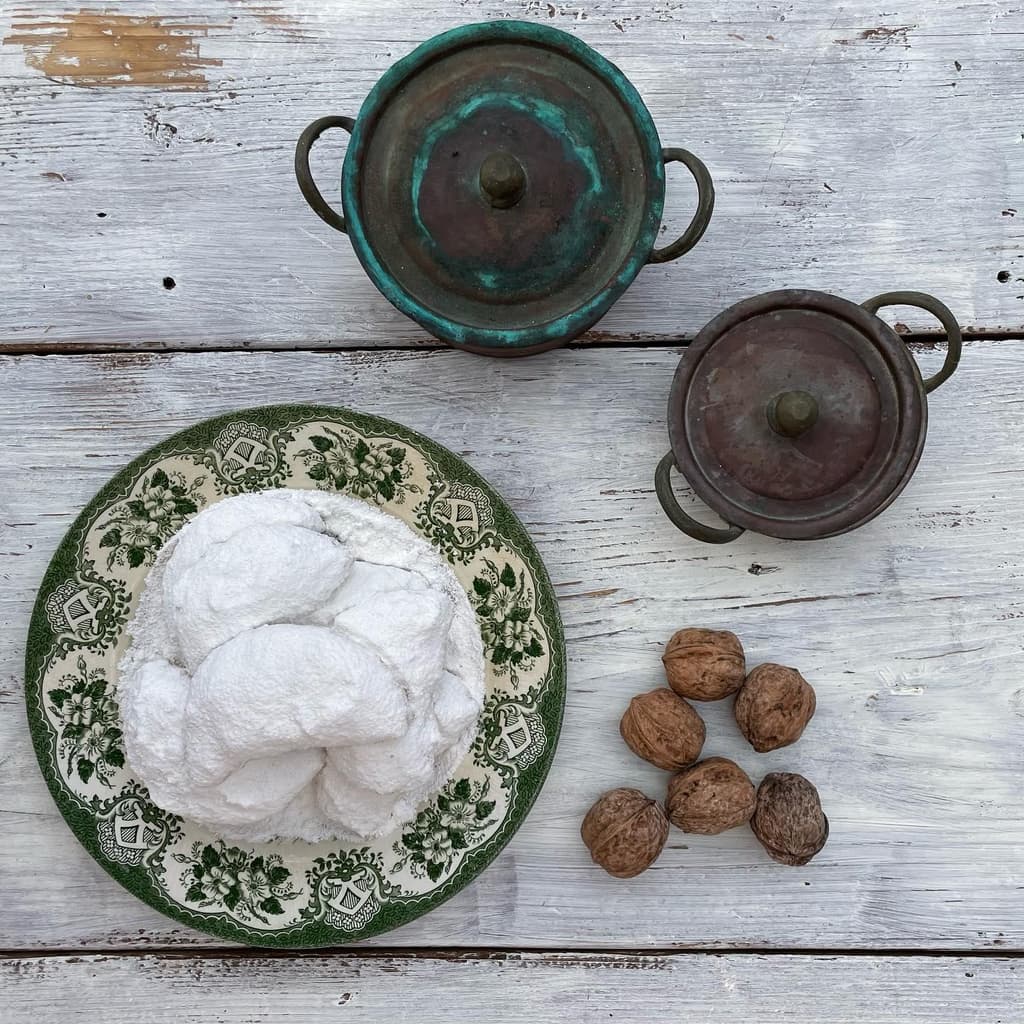
Patoudo
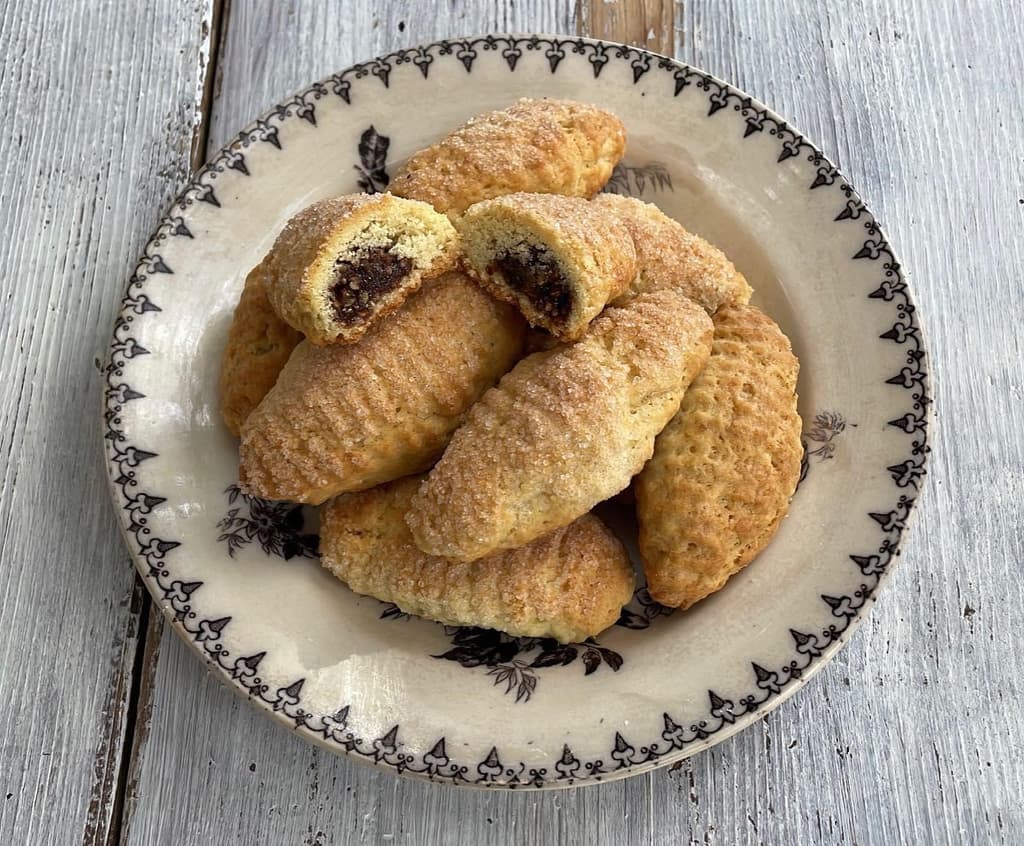
Safidota
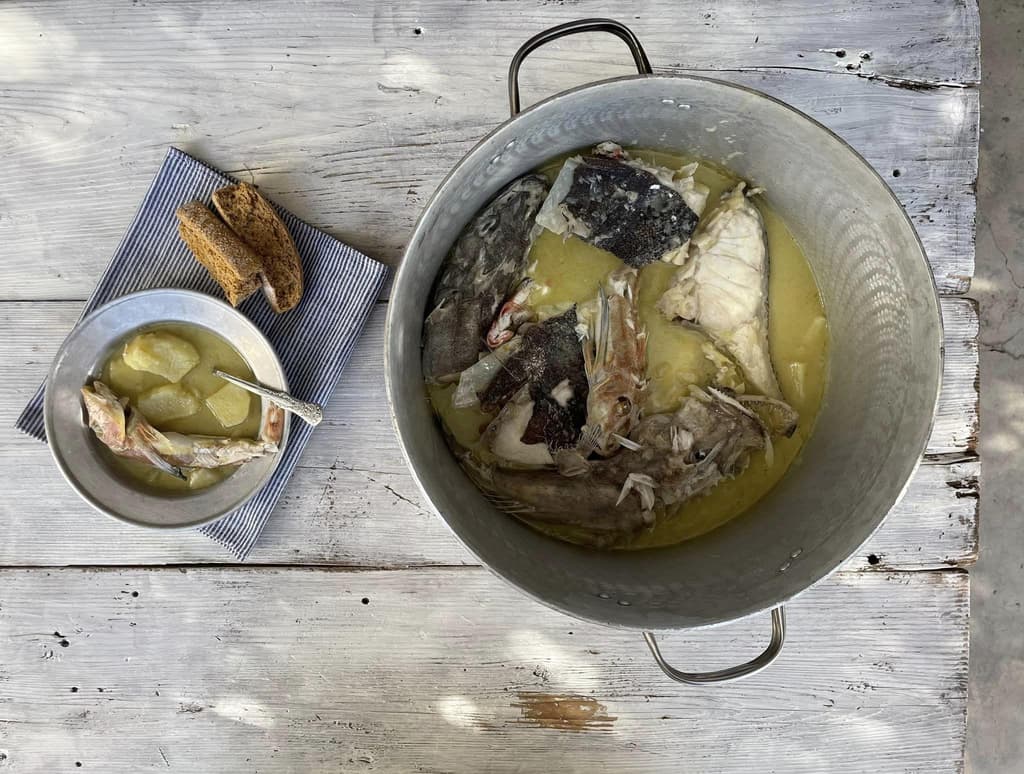
Kakavia (Fish Soup)
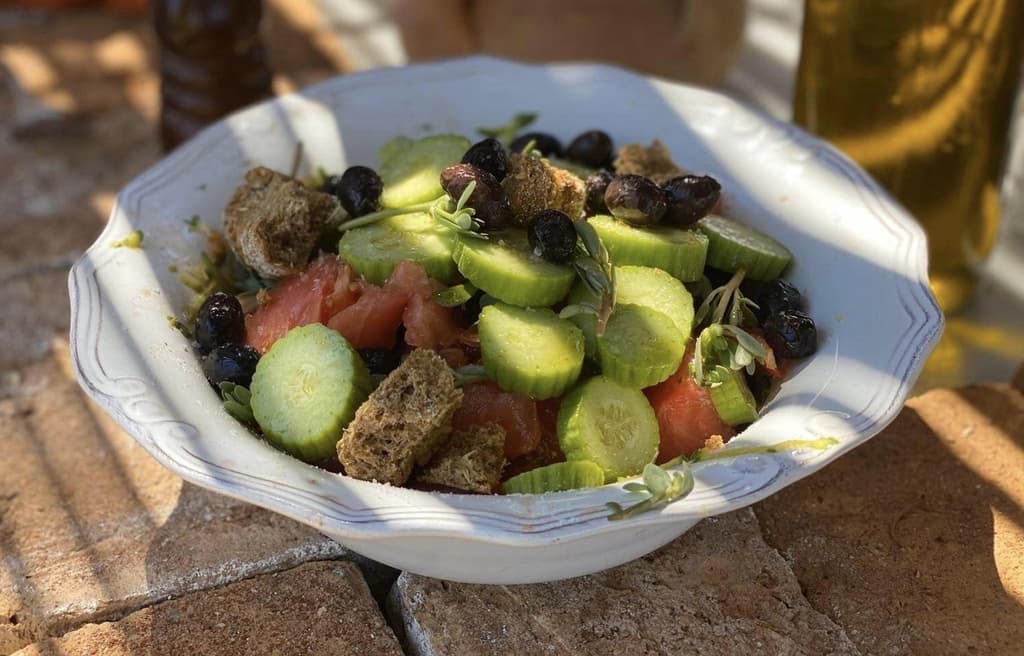
Cretan Greek salad
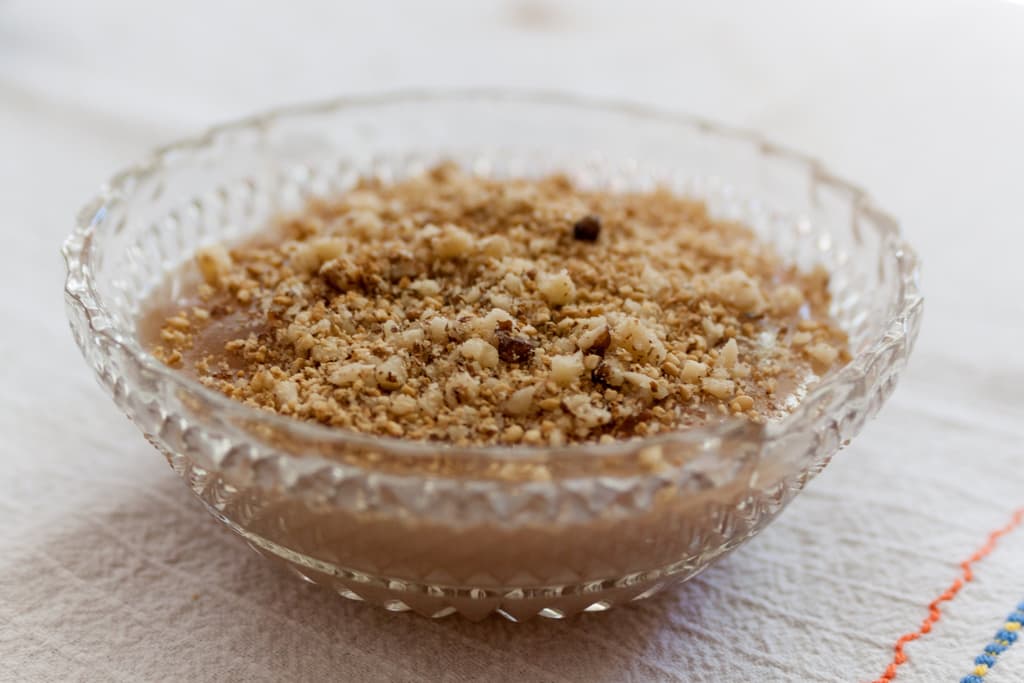
The Sweet Bounty of the Cretan Harvest
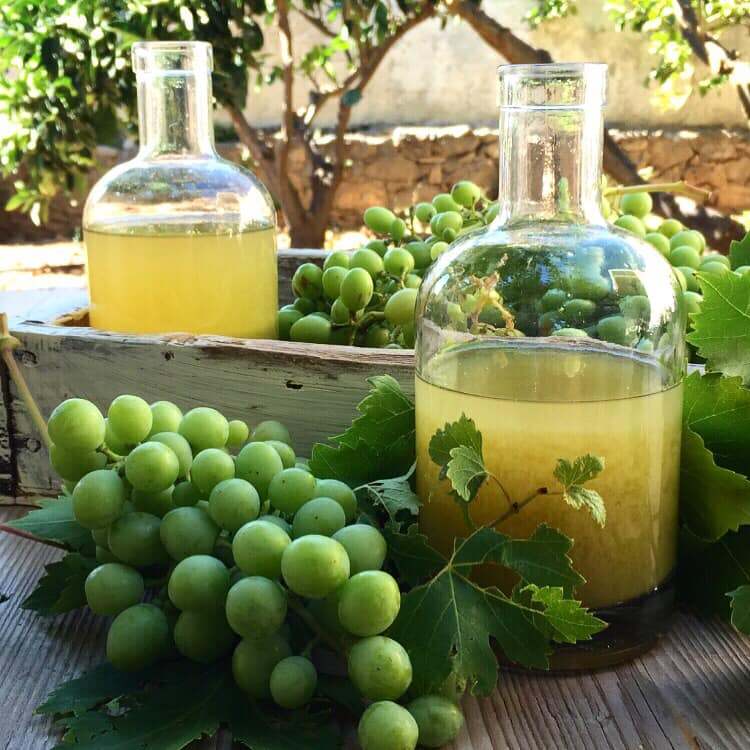
Okra and Unripe Grape
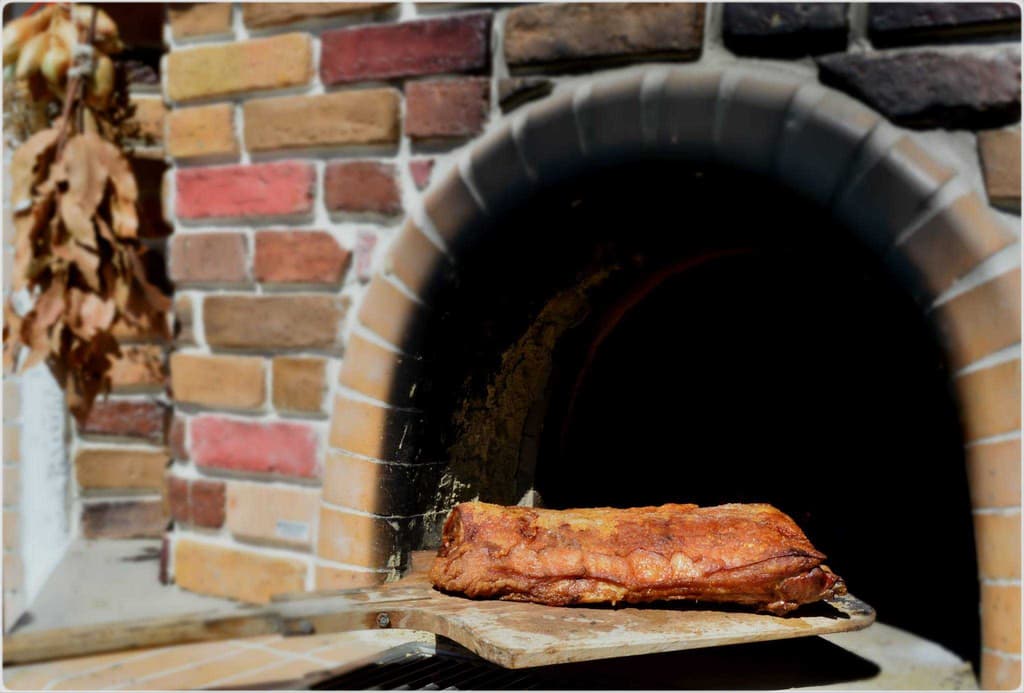
Kapriko
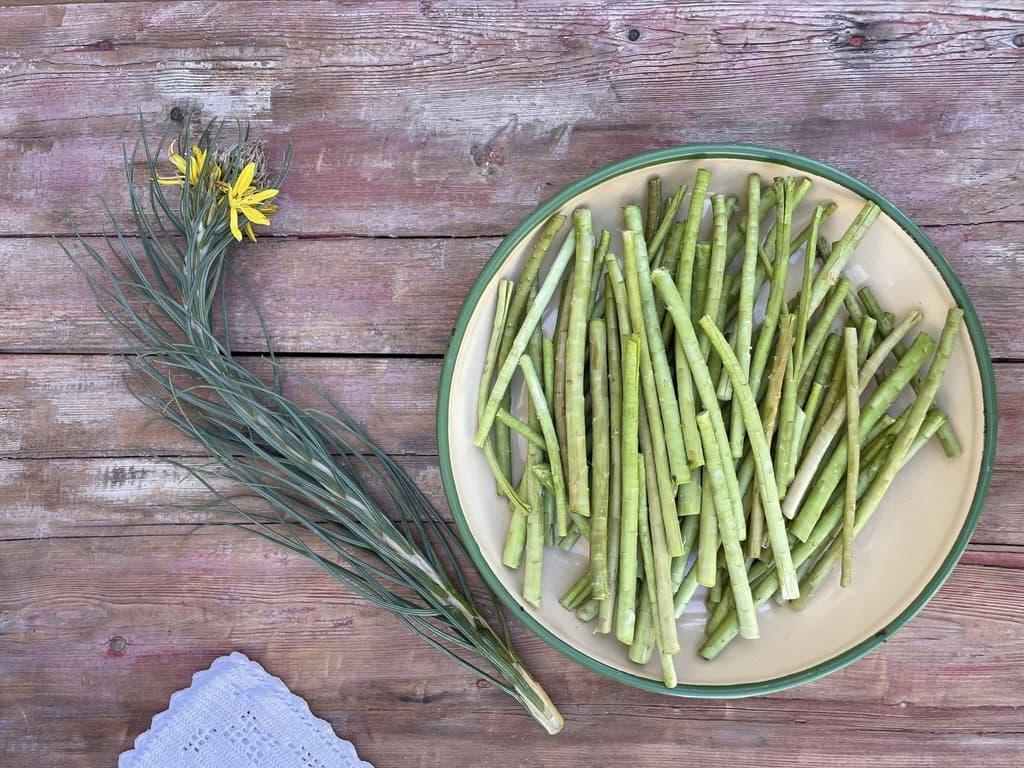
Discovering and Cooking Asphodelaceae: A Taste of Local Cuisine
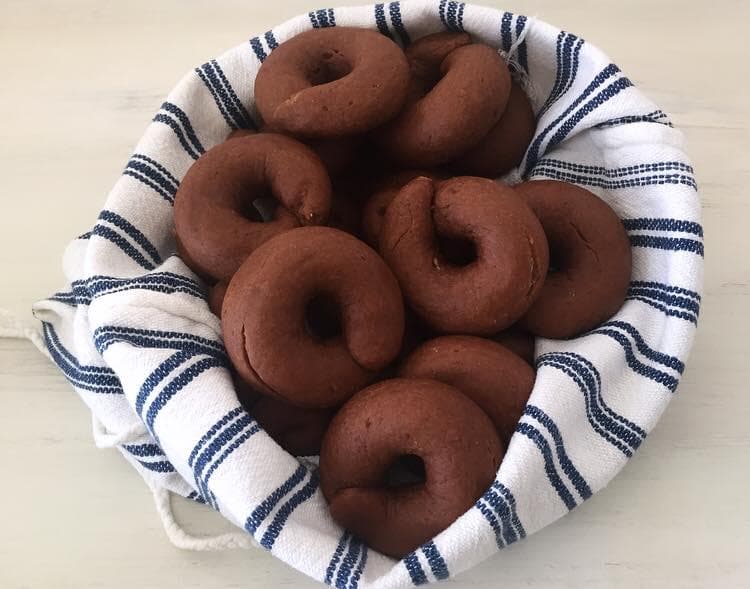
Moustokouloura
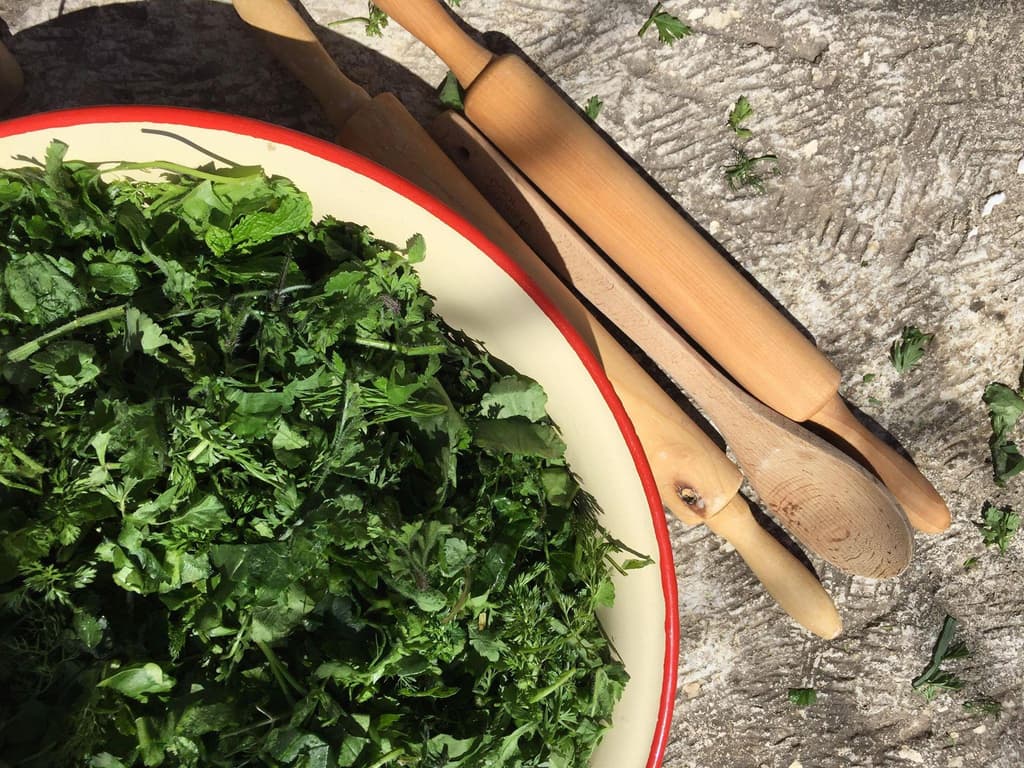
Pie with 'Yachnera' Greens: Baked to Perfection
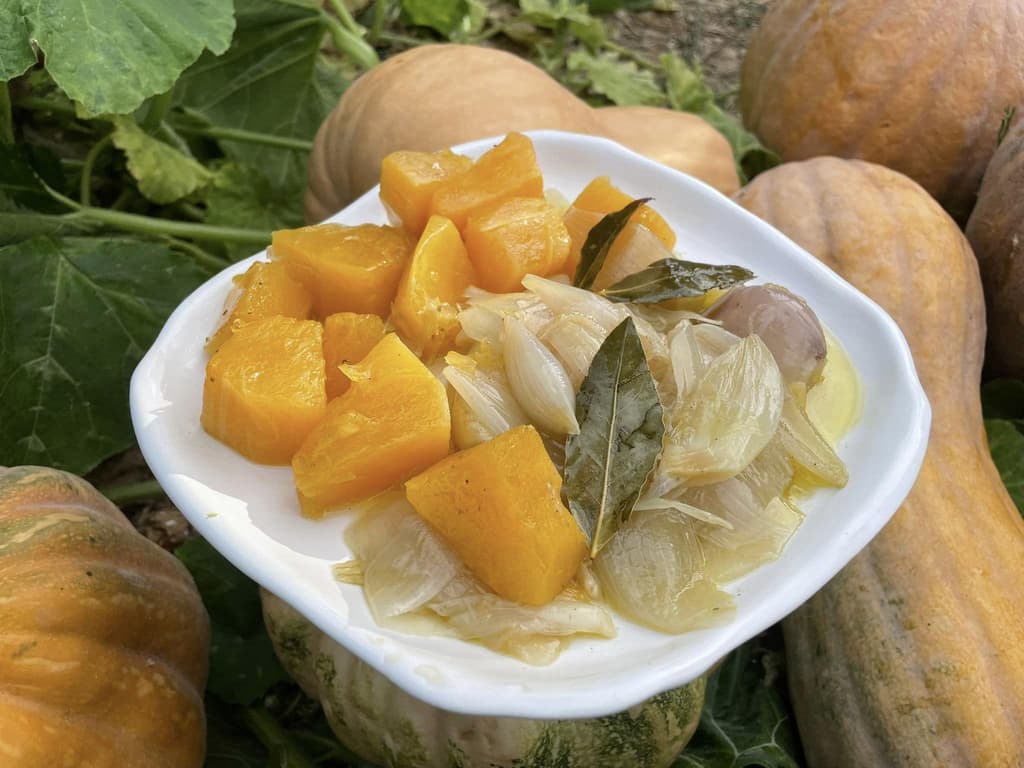
Pumpkin Stifado
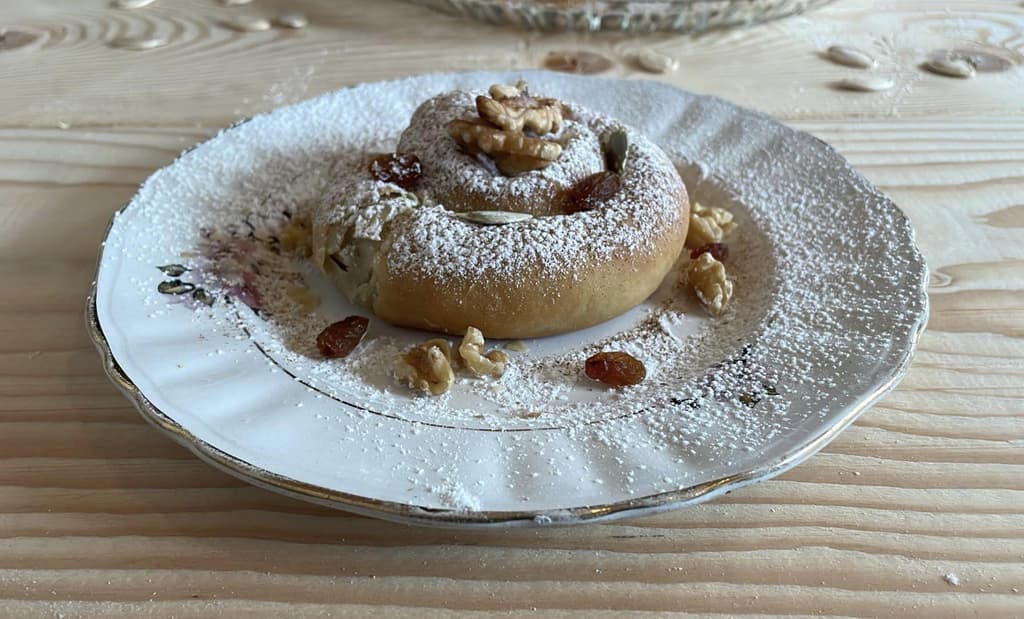
Sweet Pumpkin Pies with Raki Leaves (Oven)
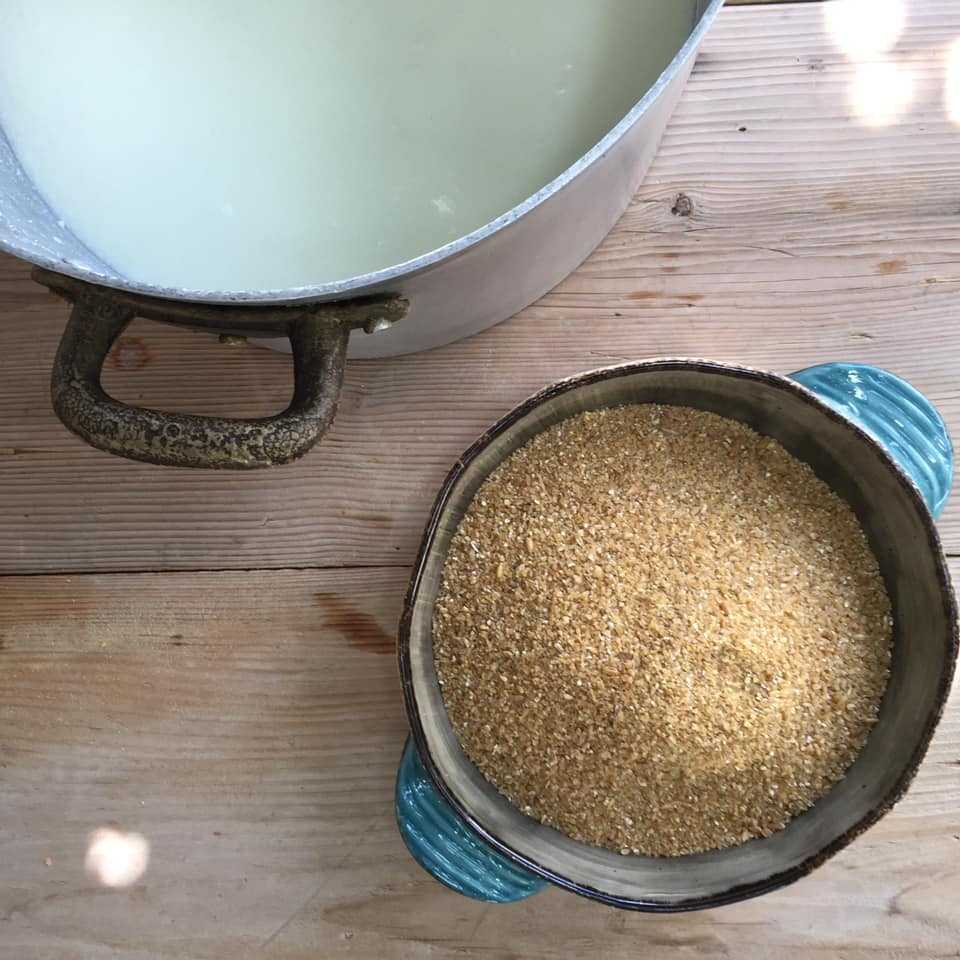
Xinochondros: Sour Bulgur Pasta
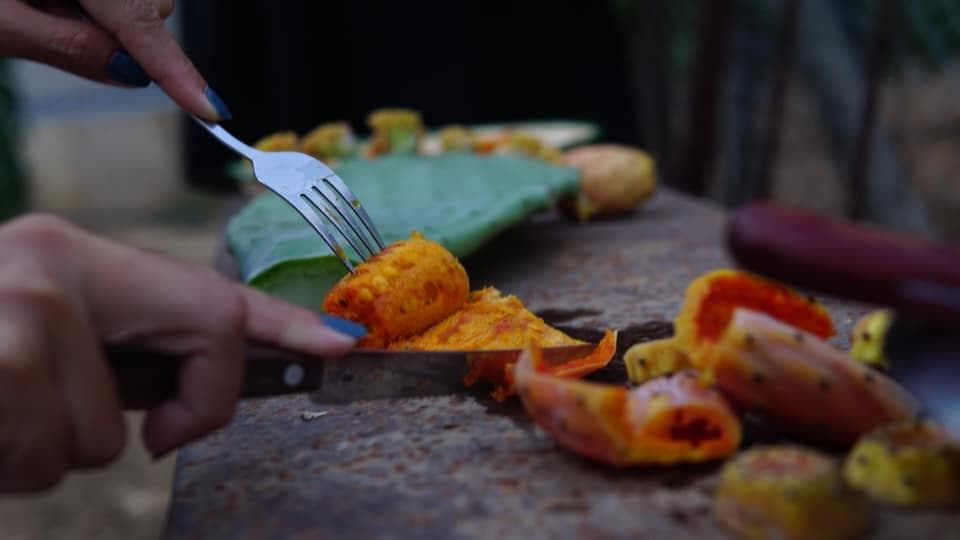
Prickly Pear or Indian Fig

Black Bryony

Tahini Soup without Oil
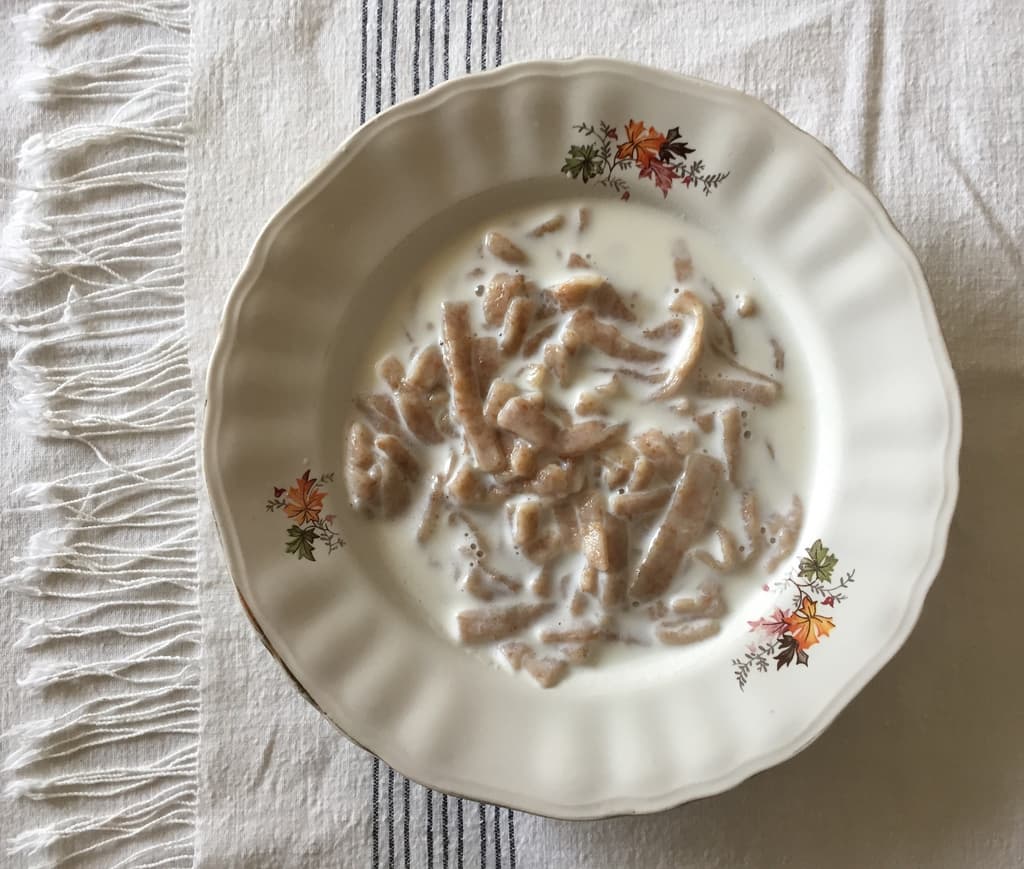
Chylofta with Milk
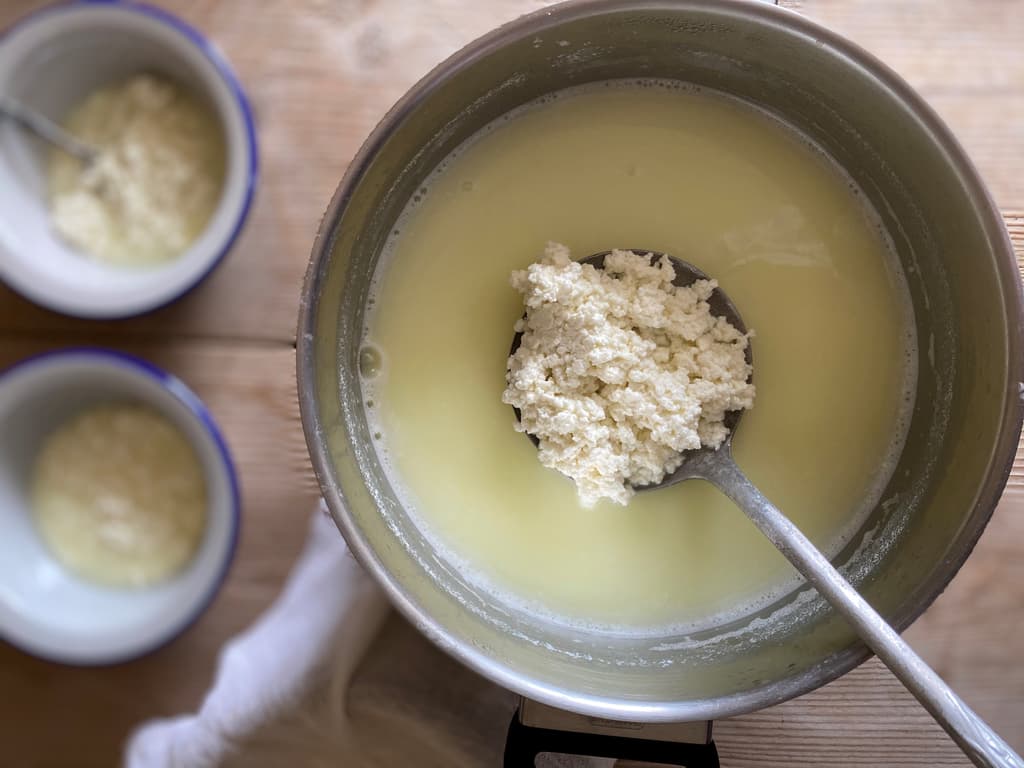
Tyrozouli or Cretan Home Cheese
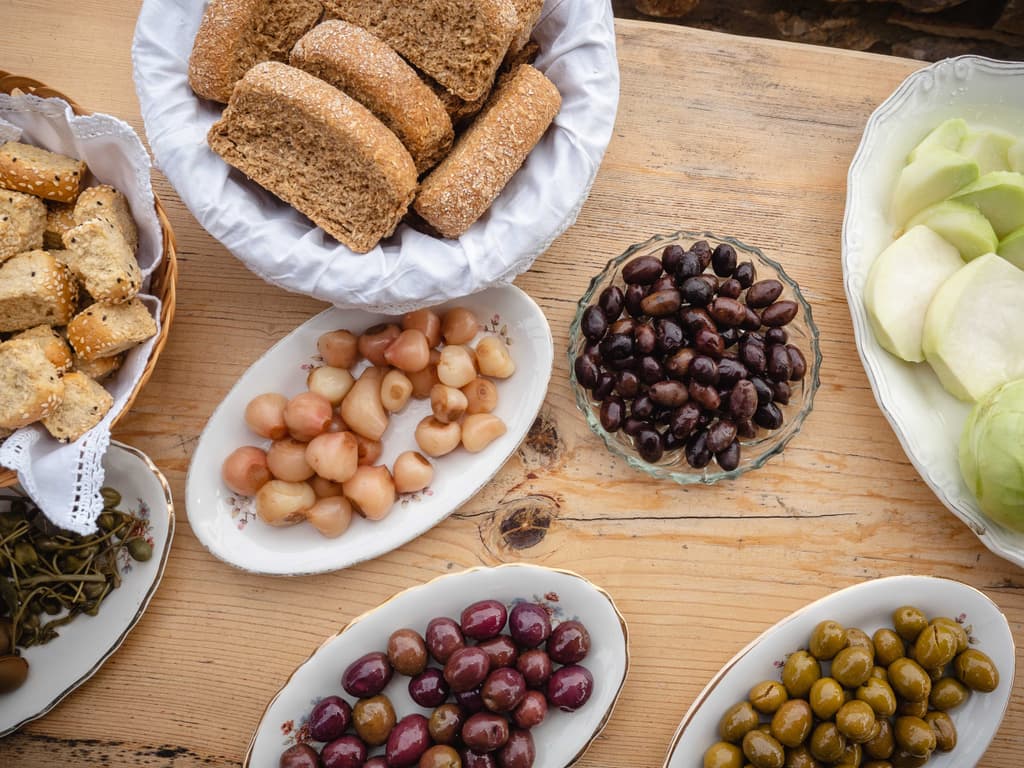
Pickled Tassel Hyacinth

Sourdough Dagoulakia
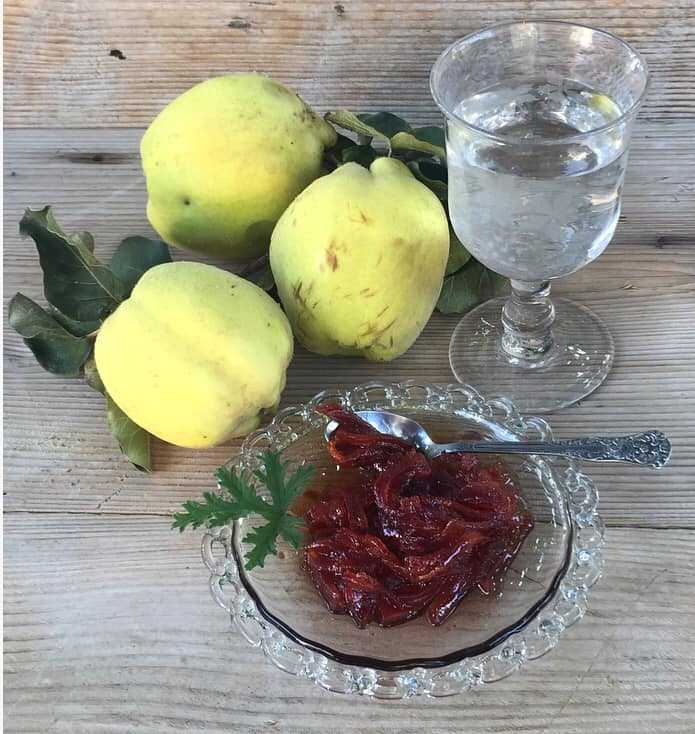
Quince Confection

Delicious Homemade Treat with Lemon Blossoms
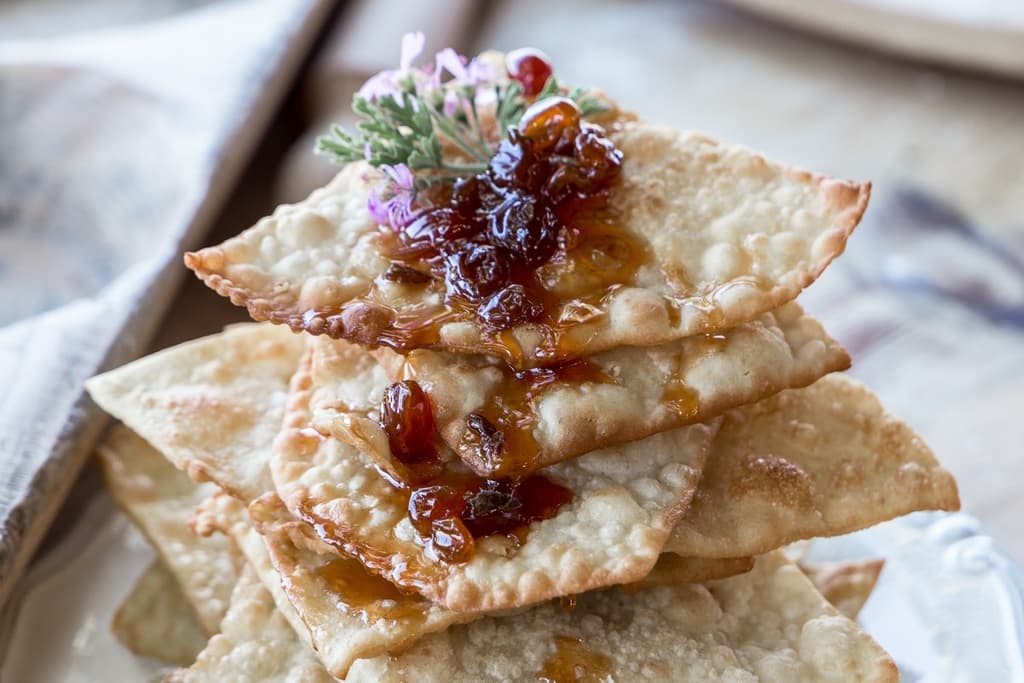
Tiganopites: Greek Fried Pies

Dietary Practices in 17th Century Crete
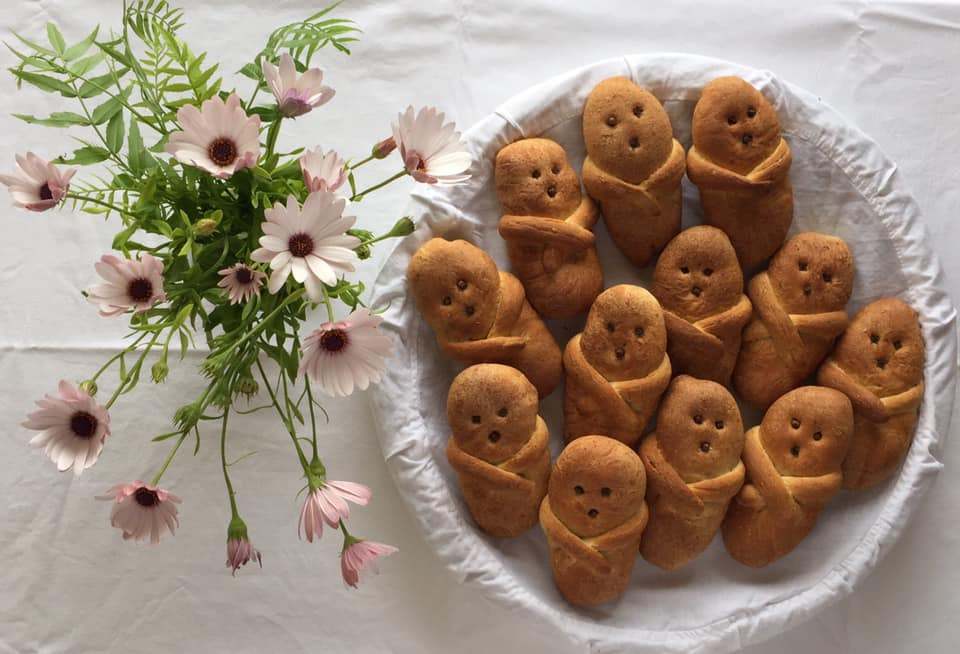
Lazarakia
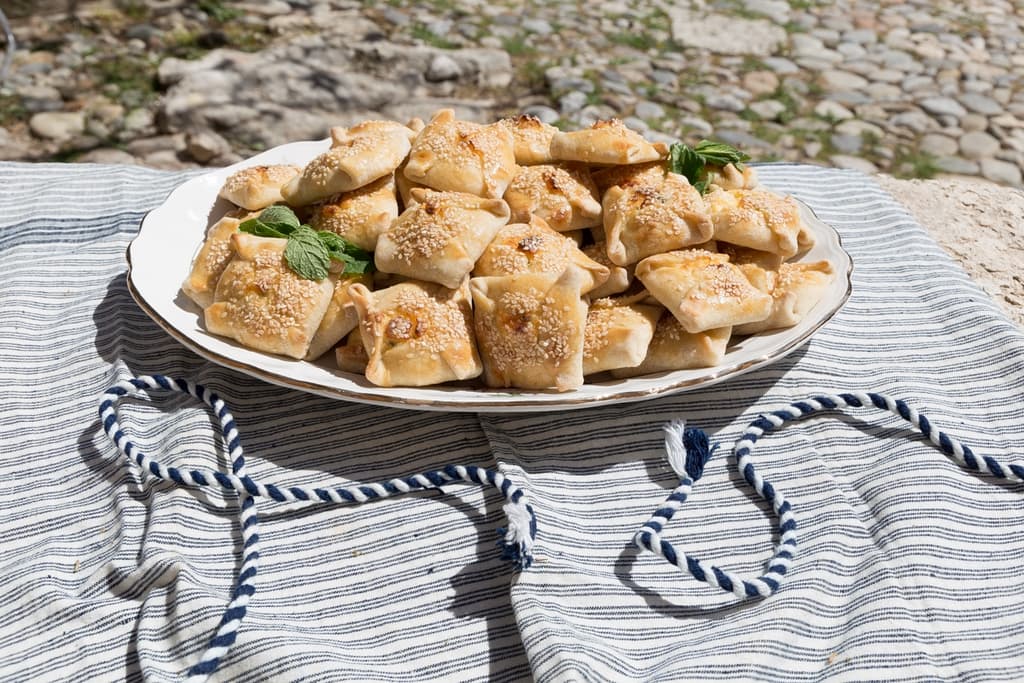
Kalitsounia from Chania
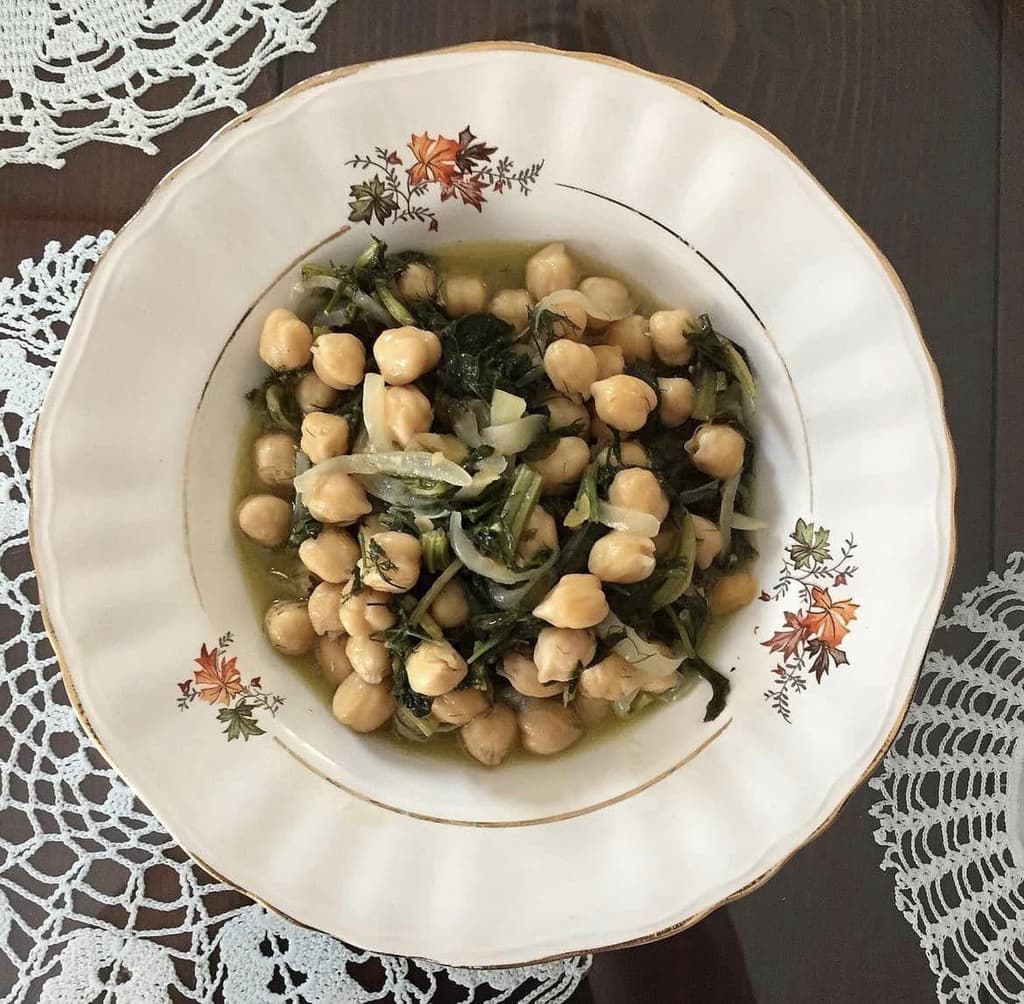
Chickpeas with Yachnera: A Delightful Dish
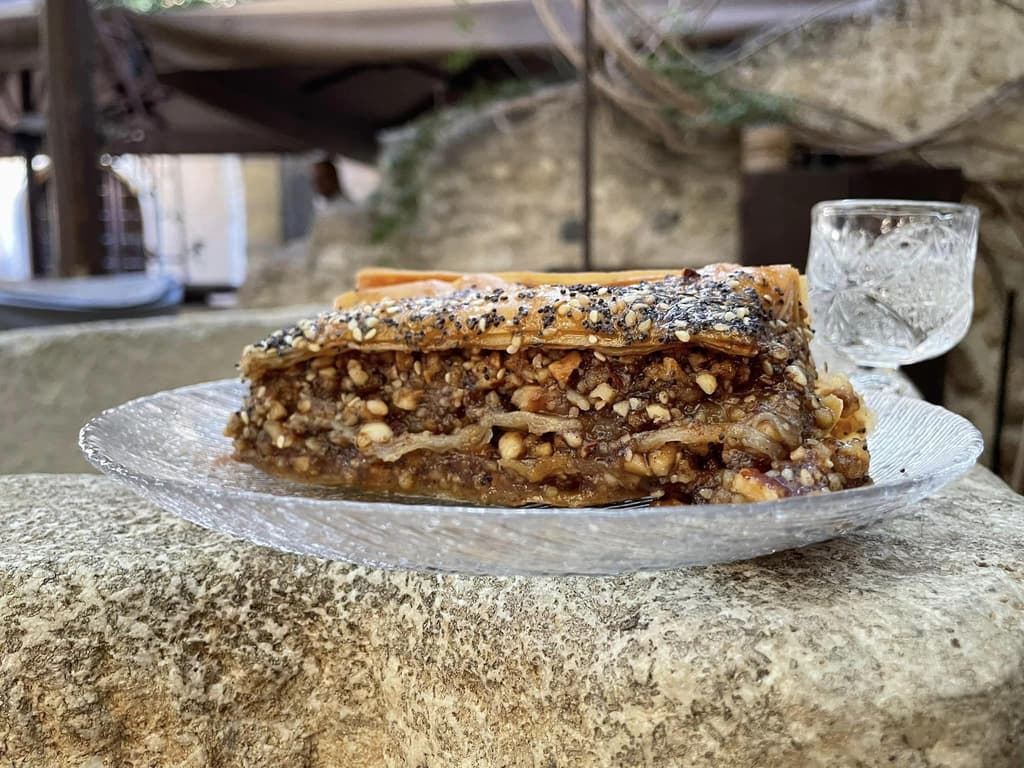
Gastrin


